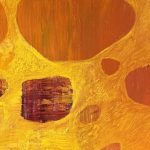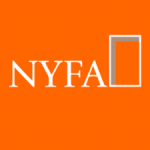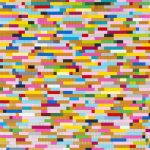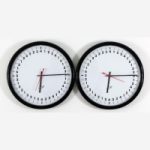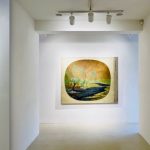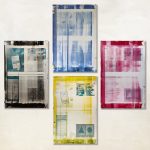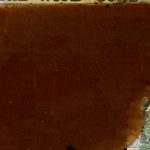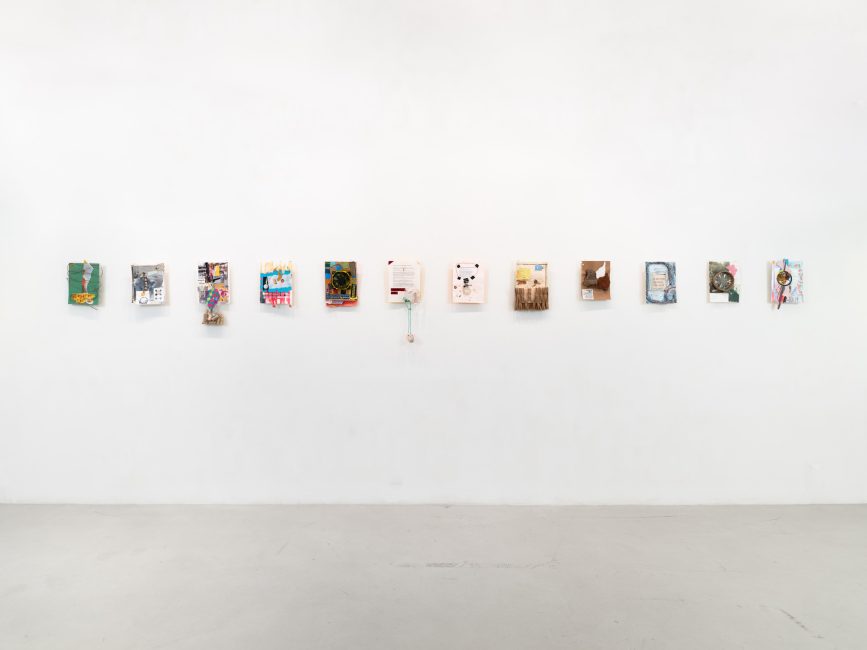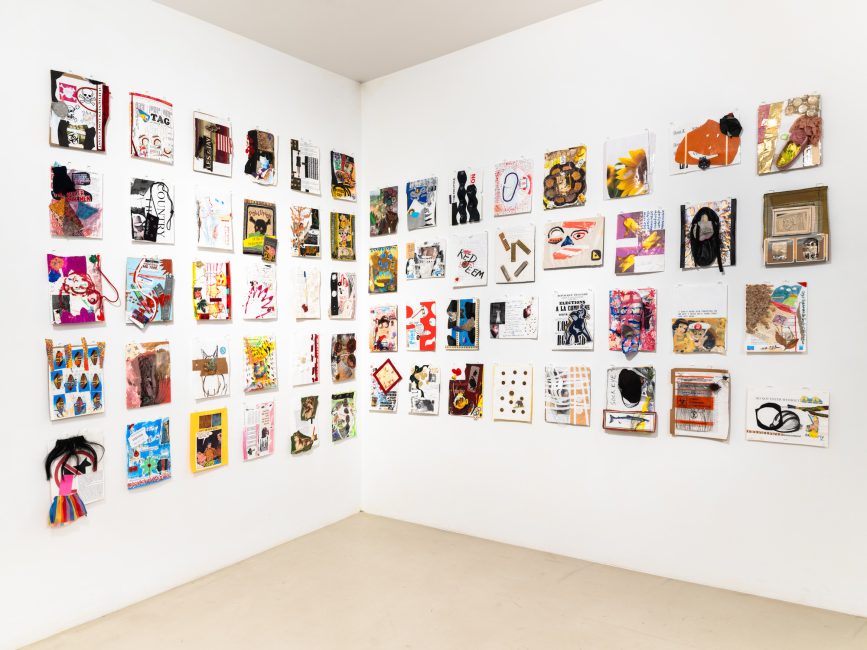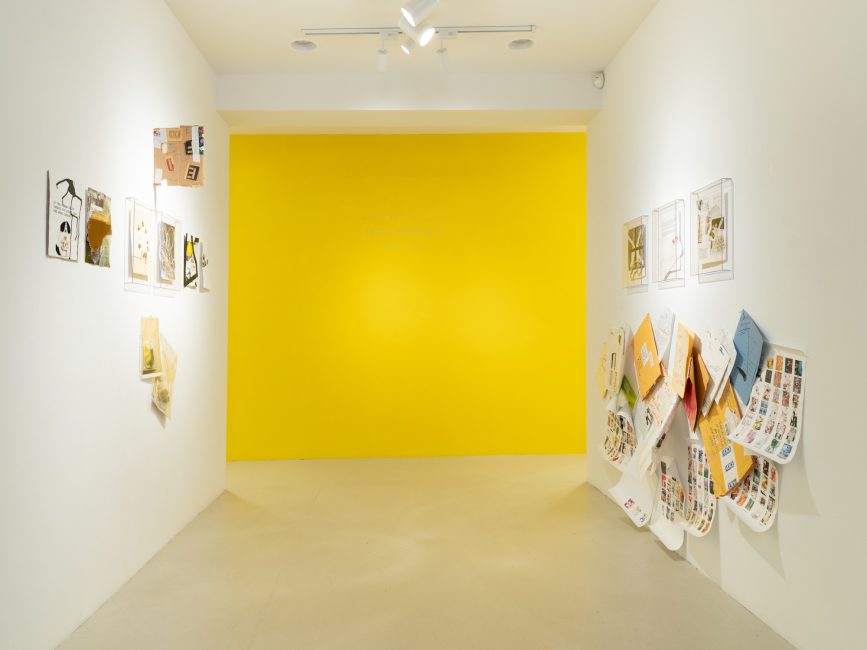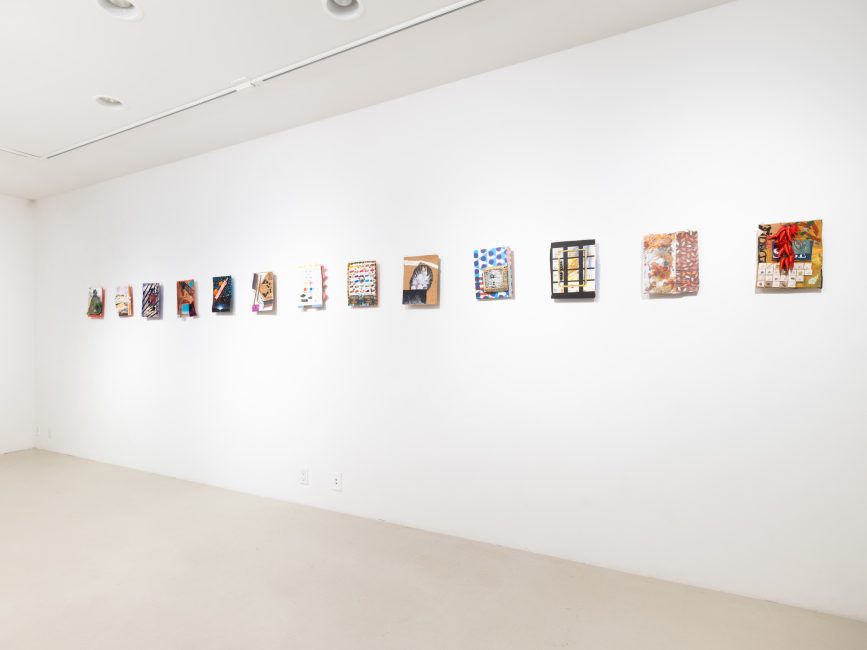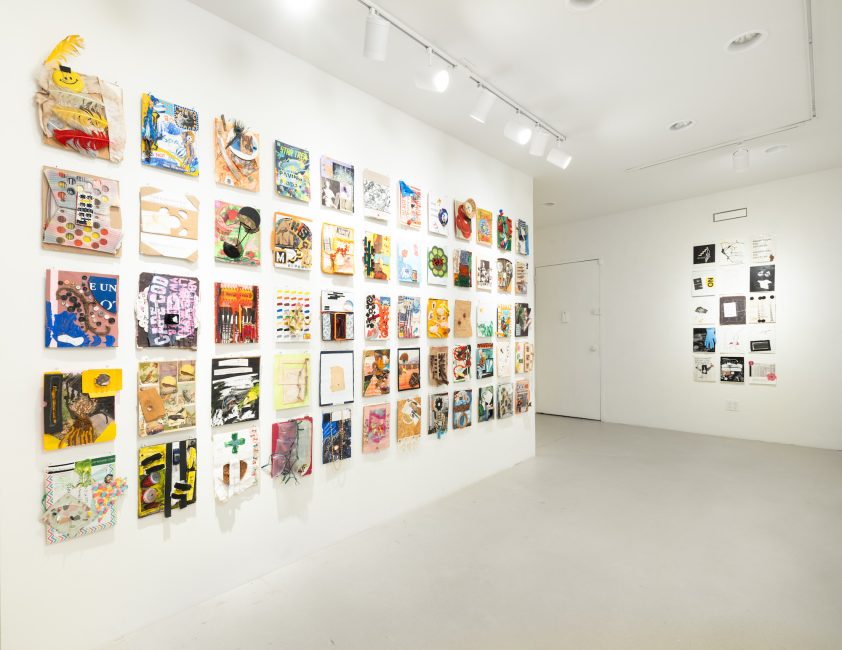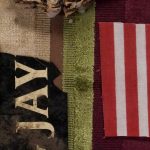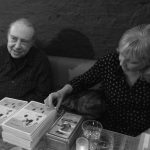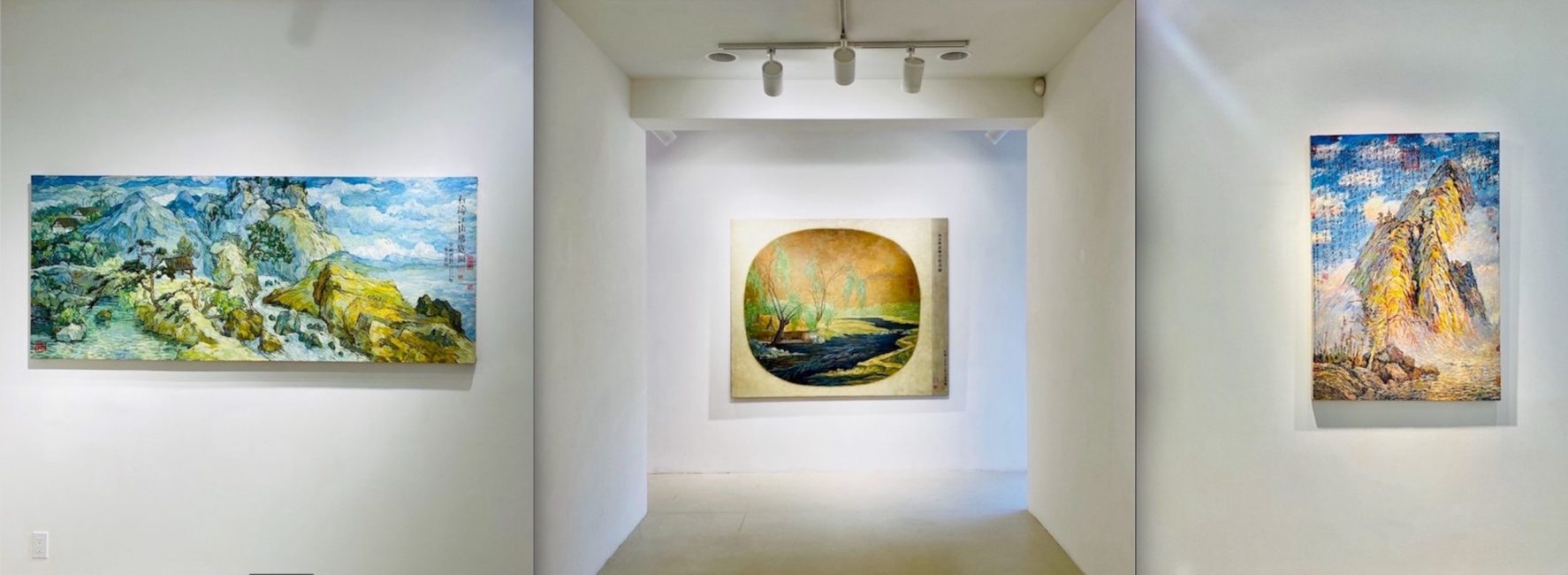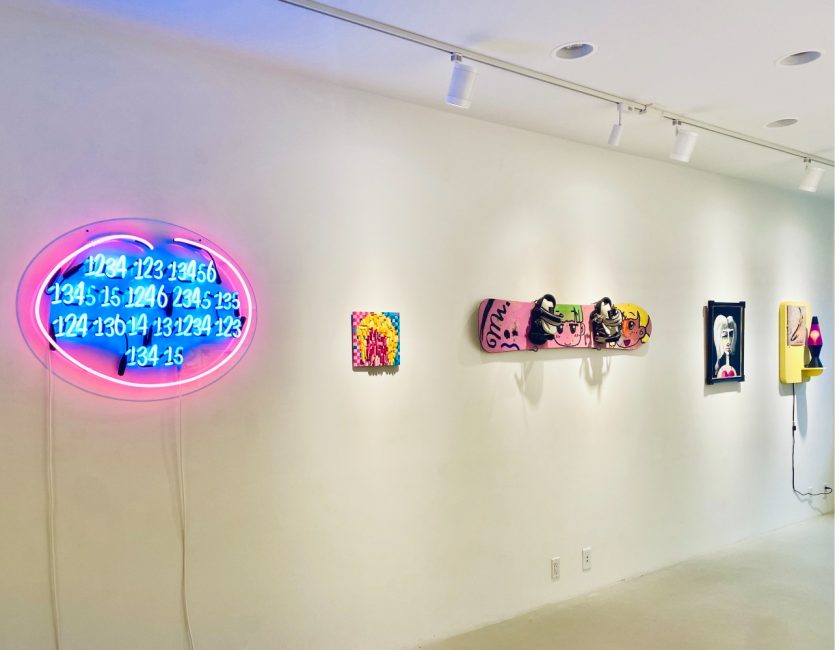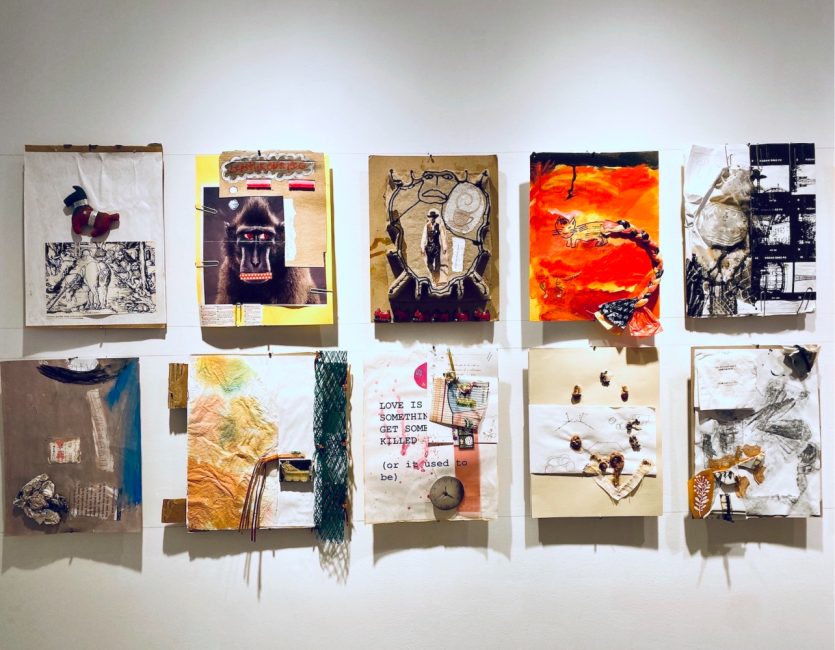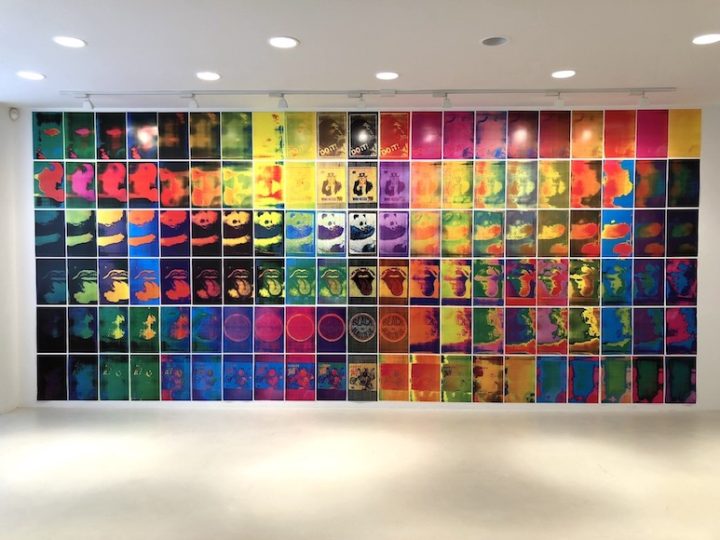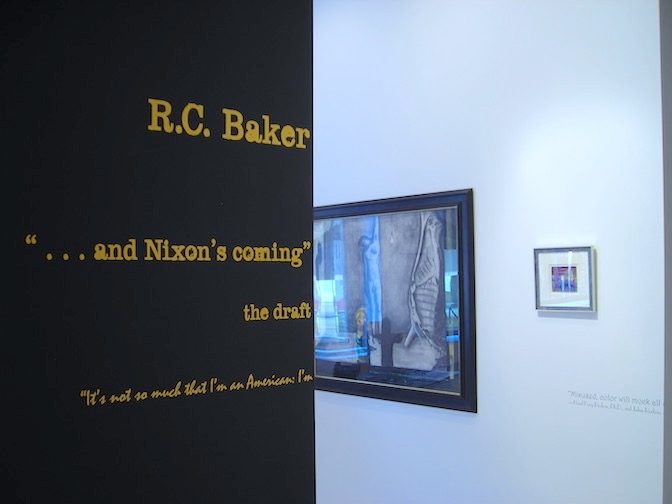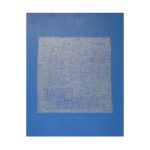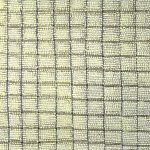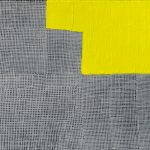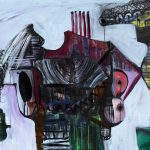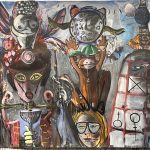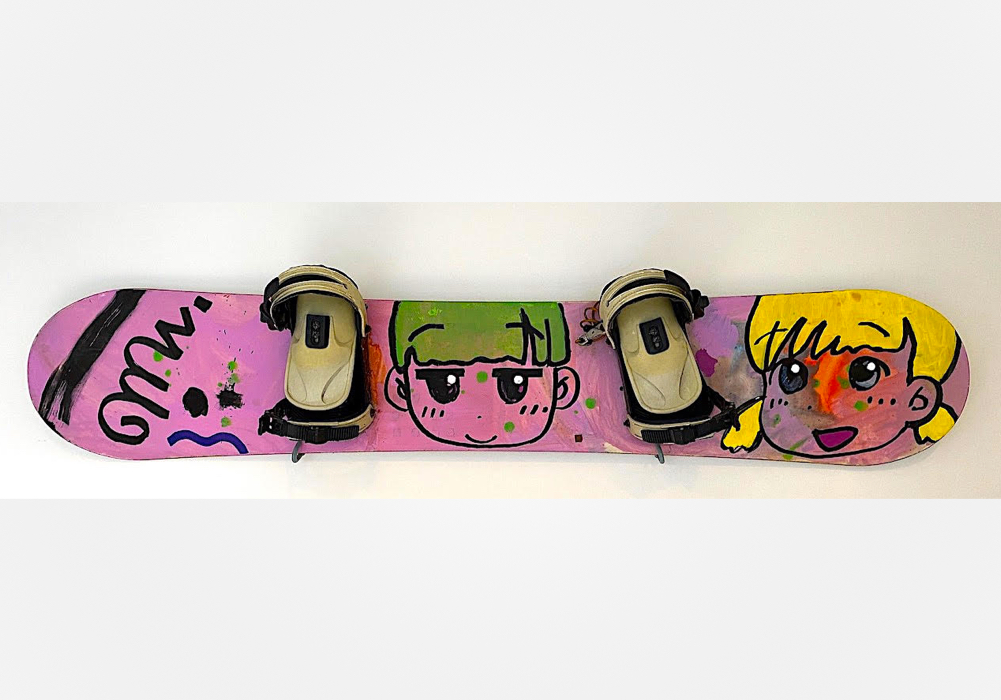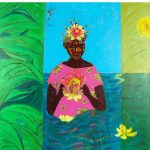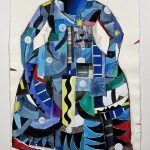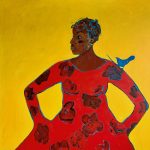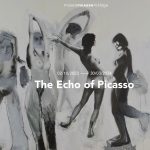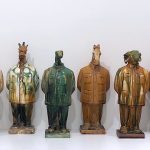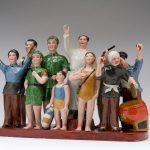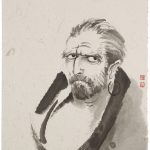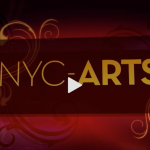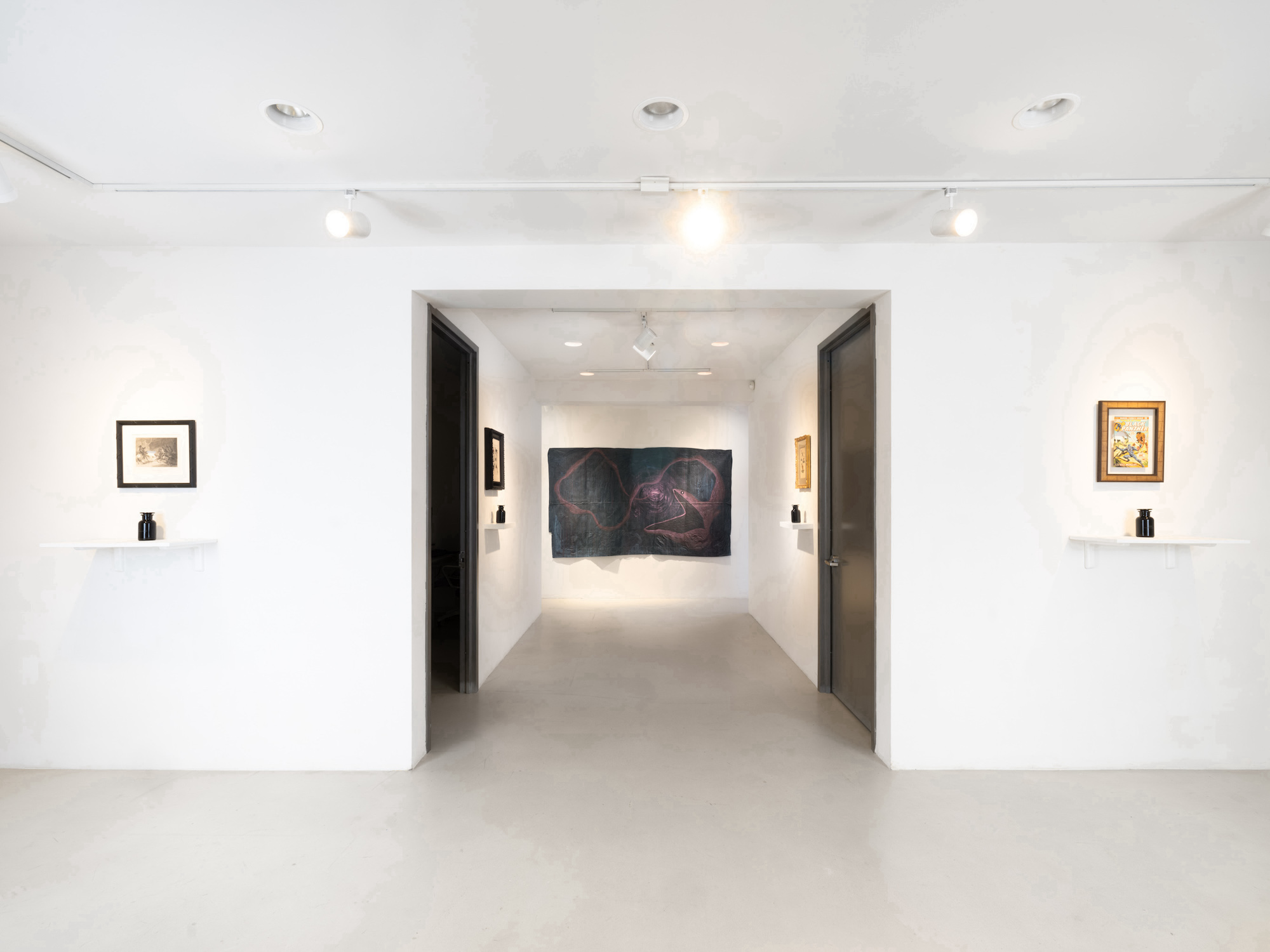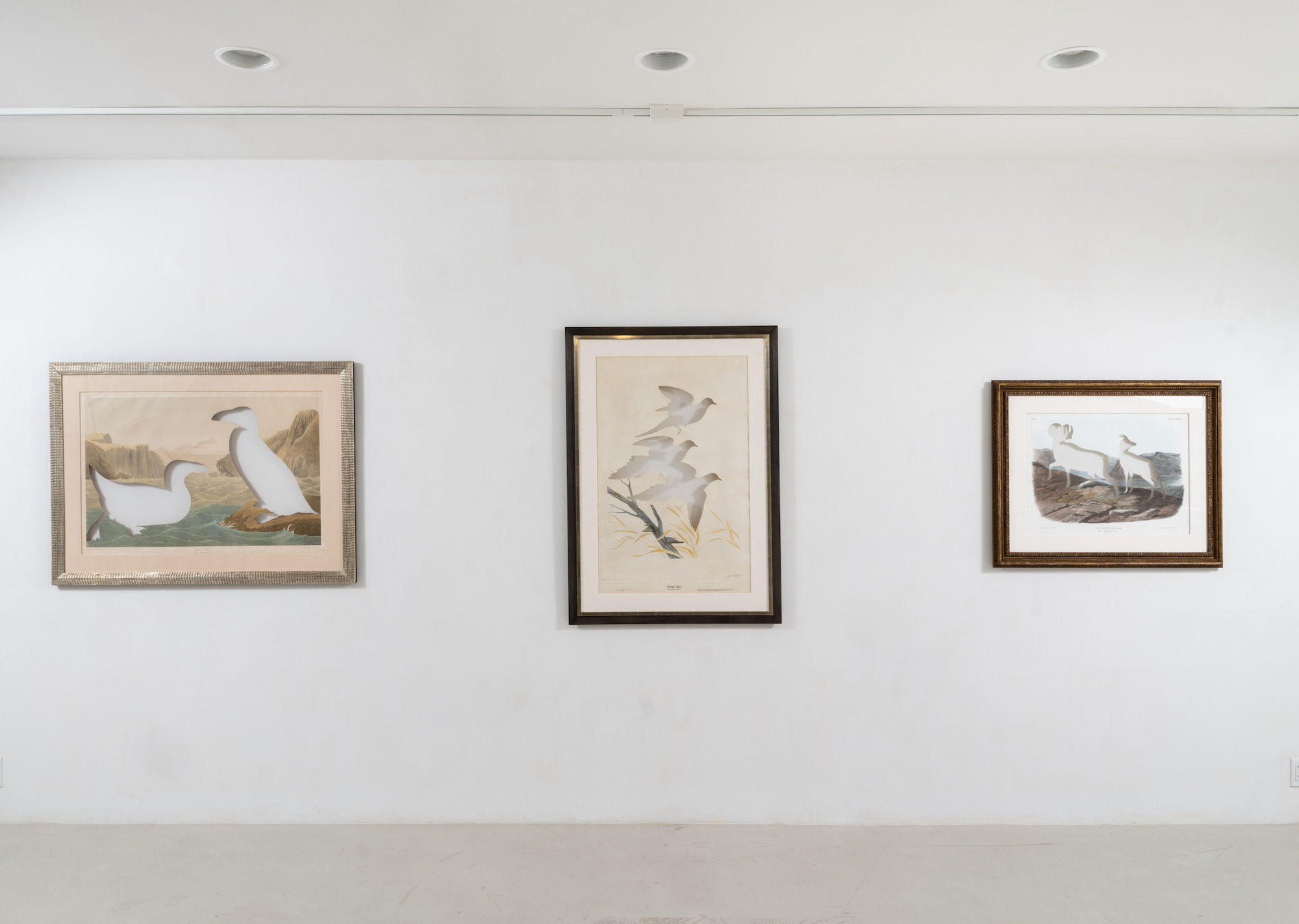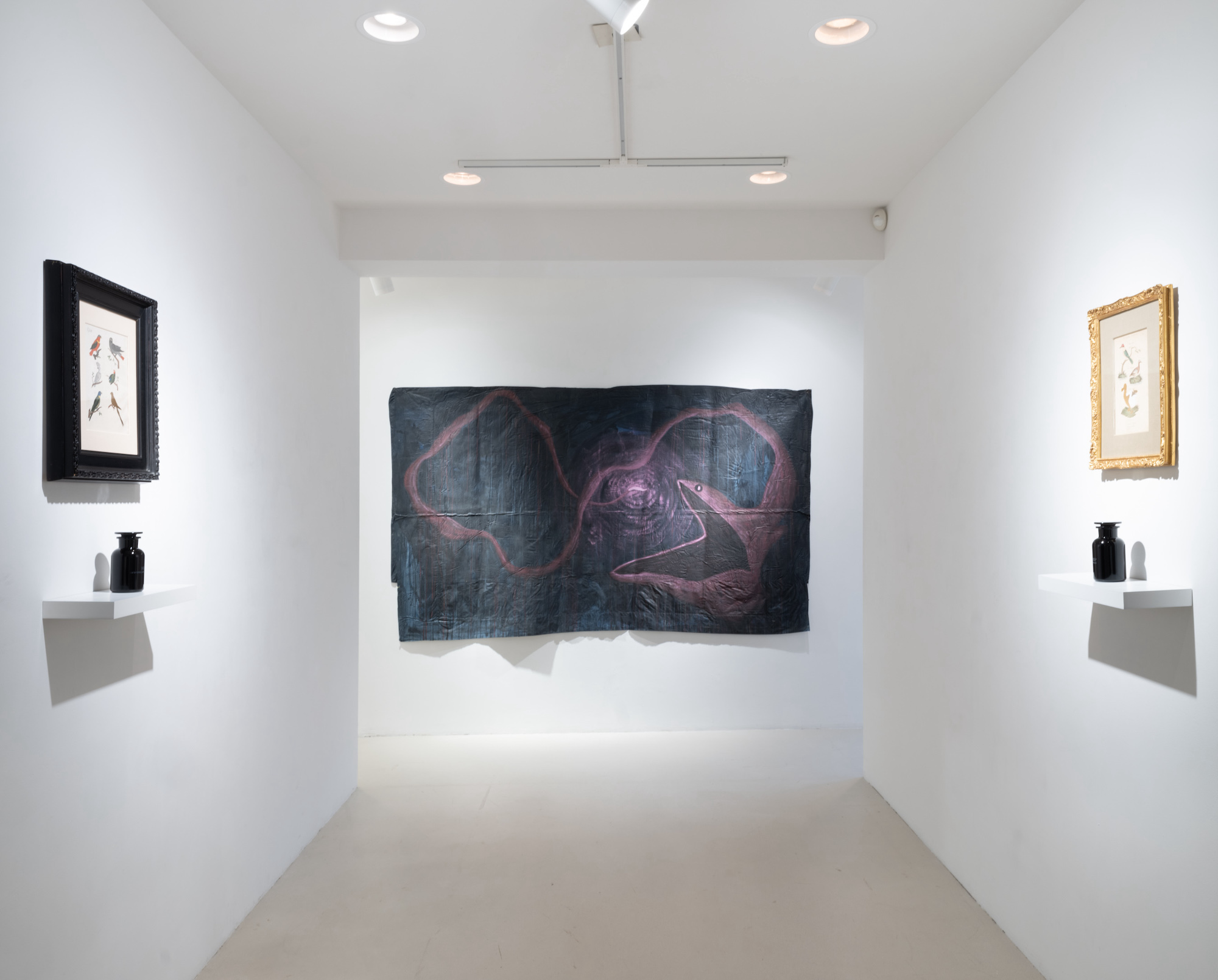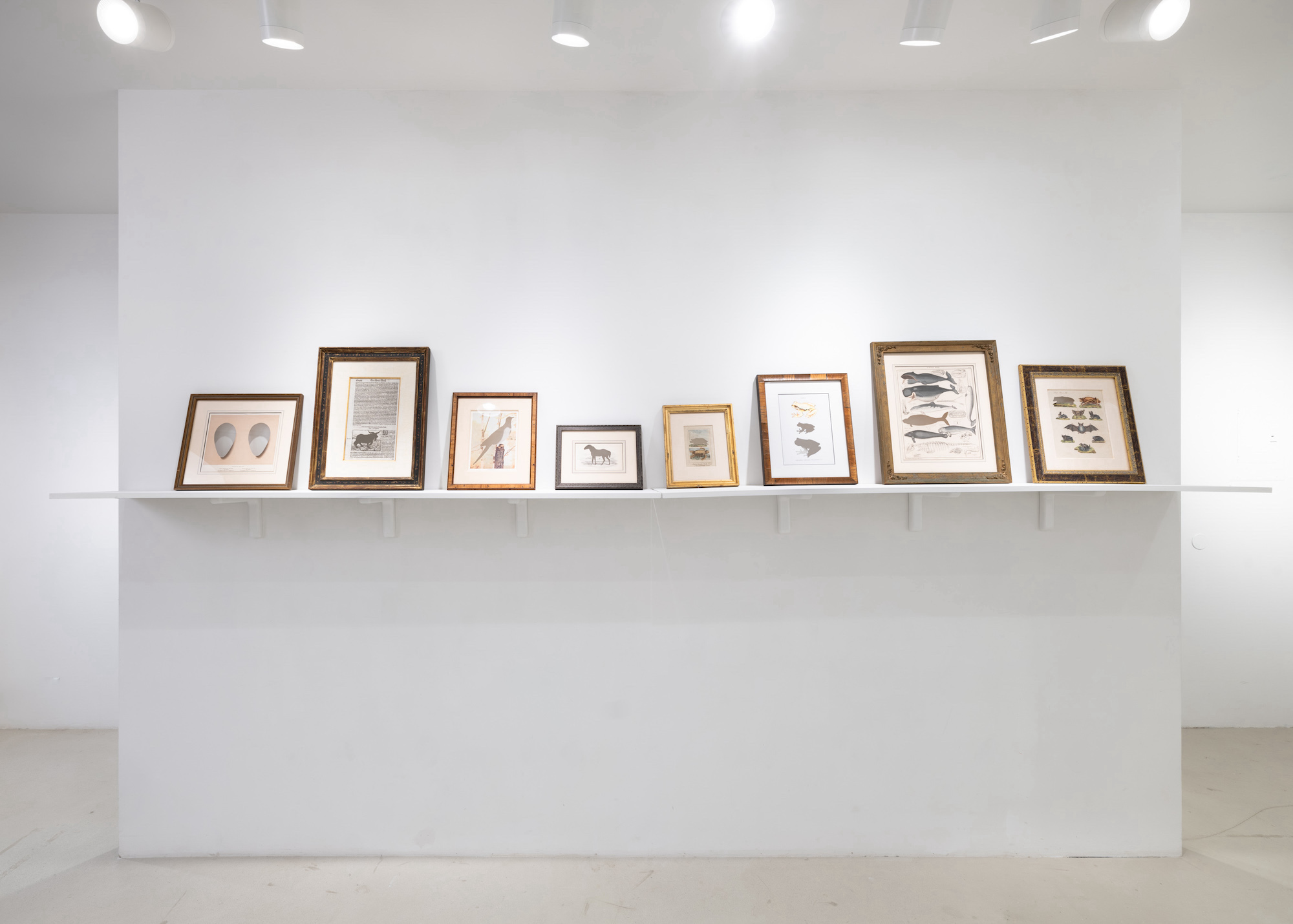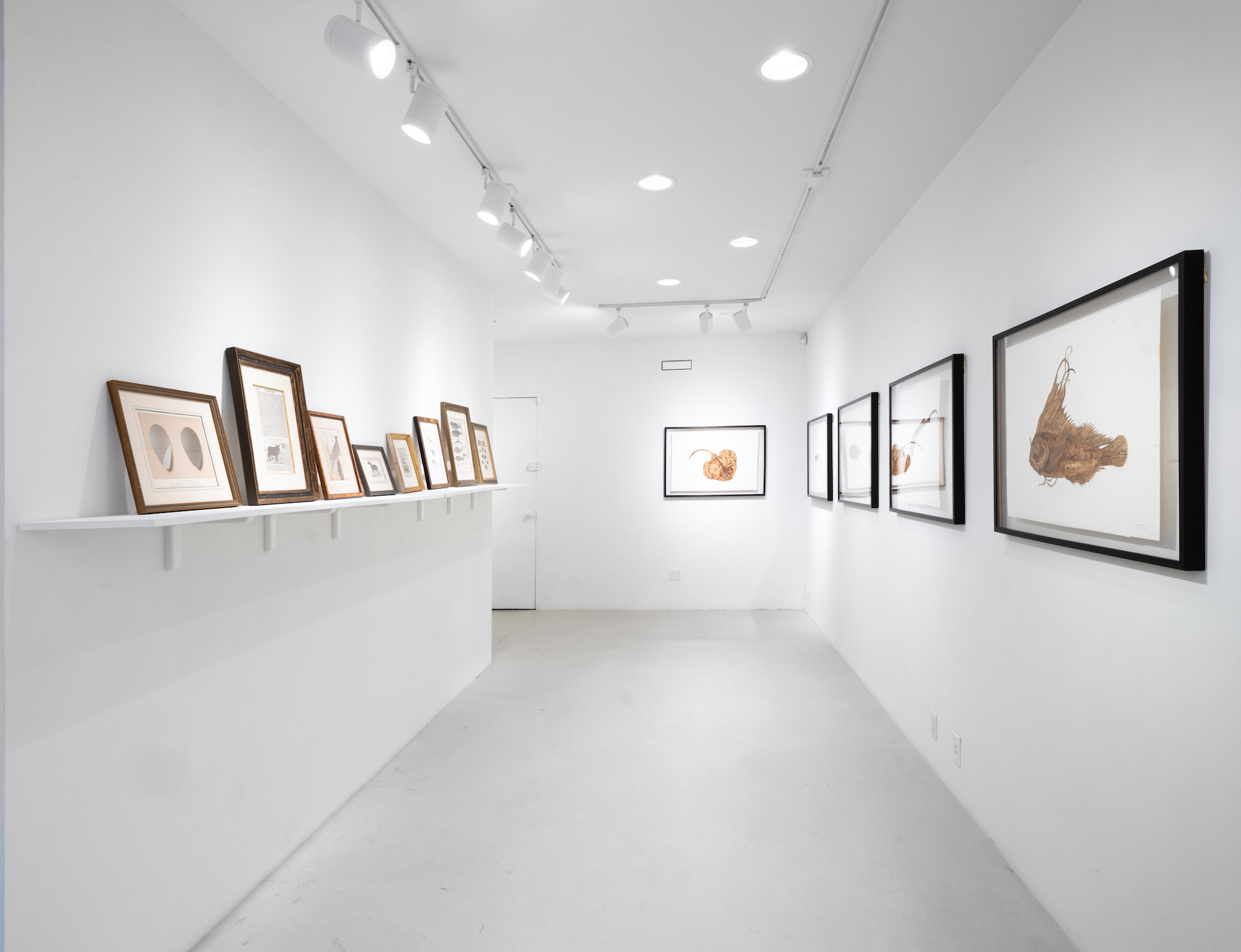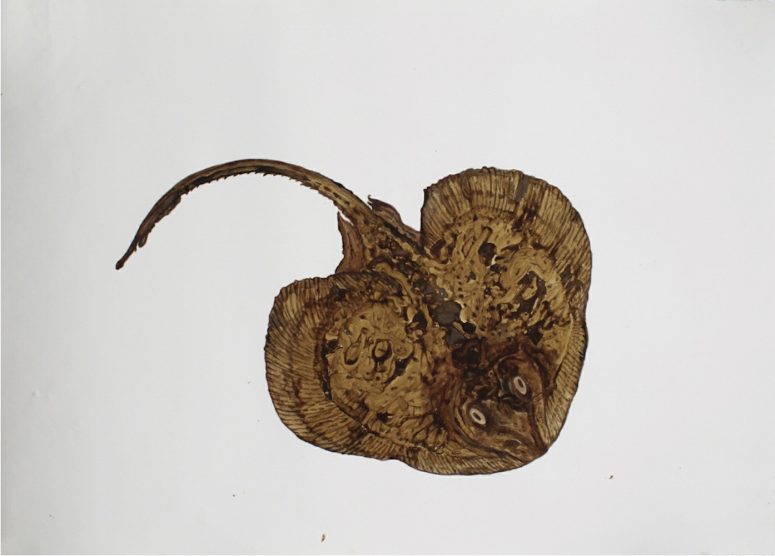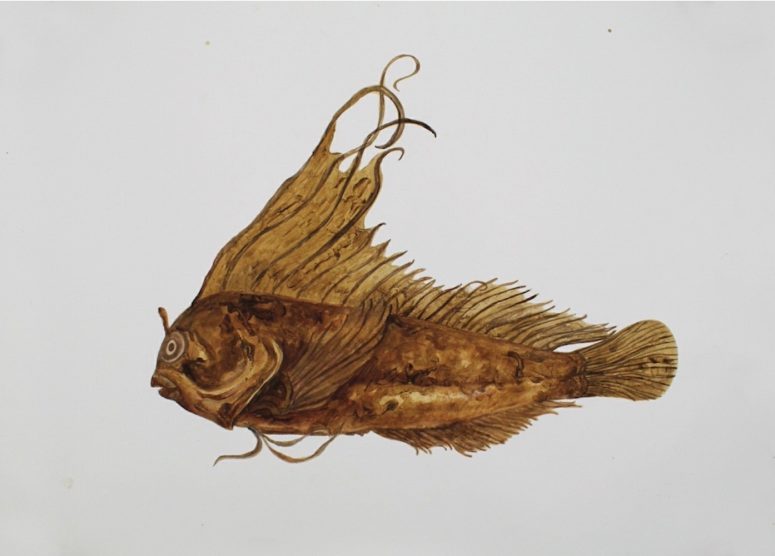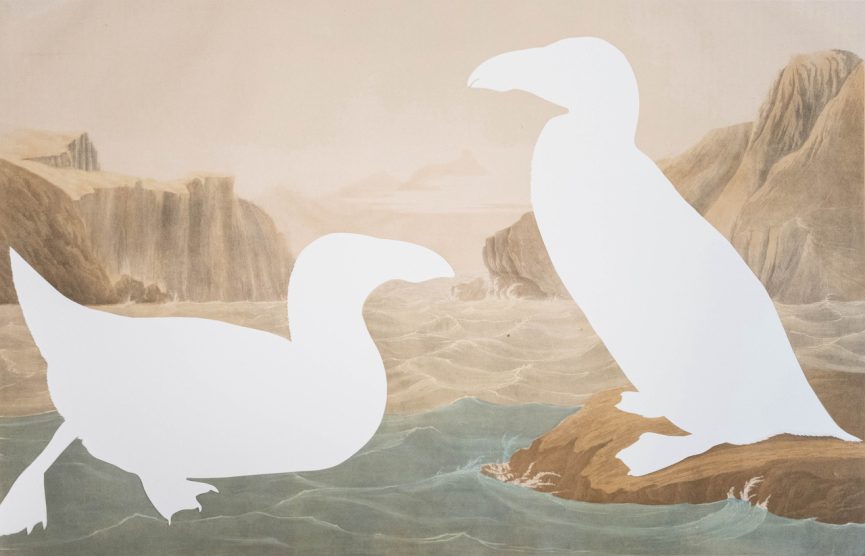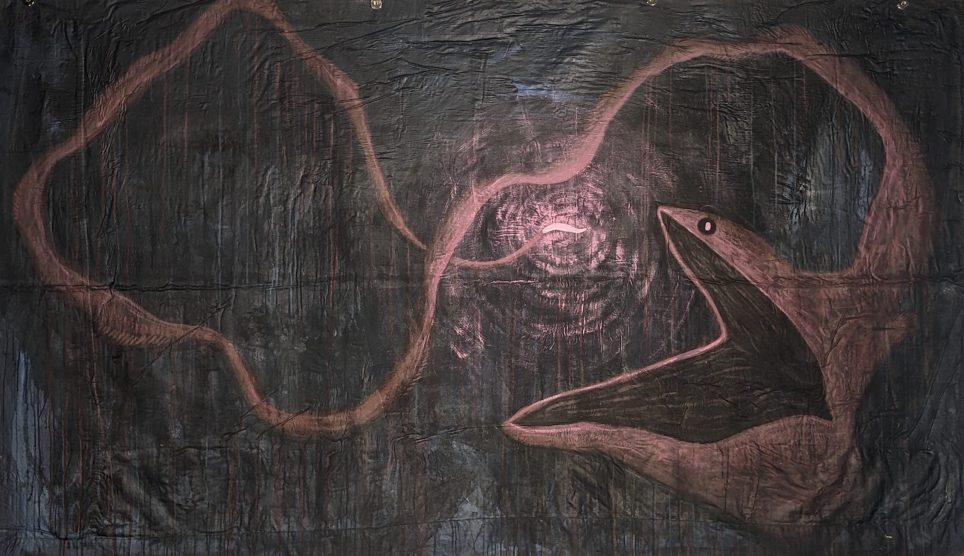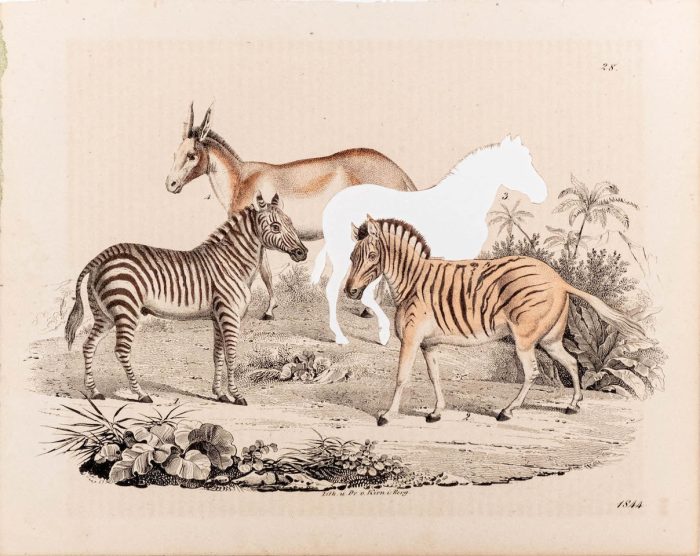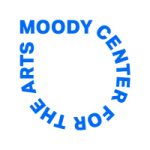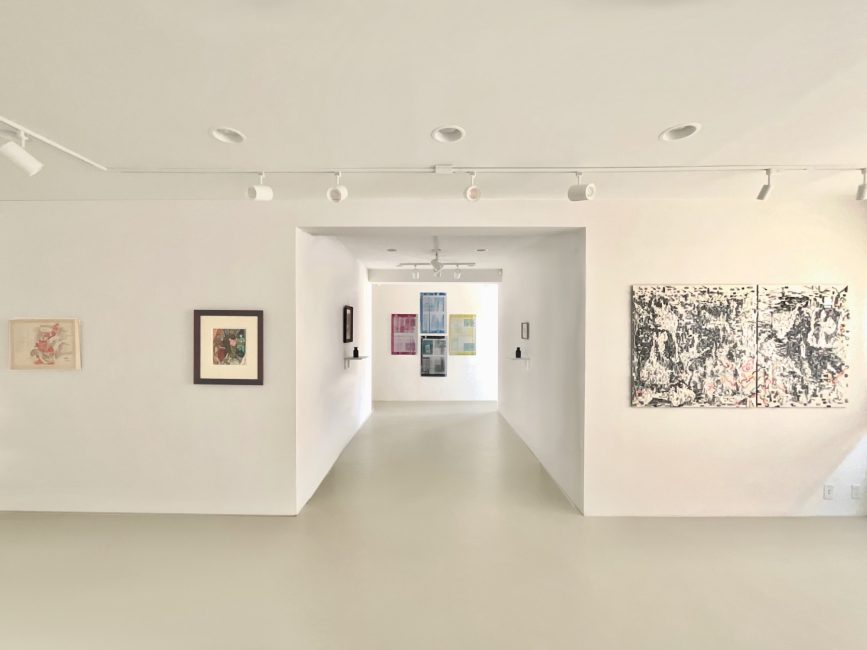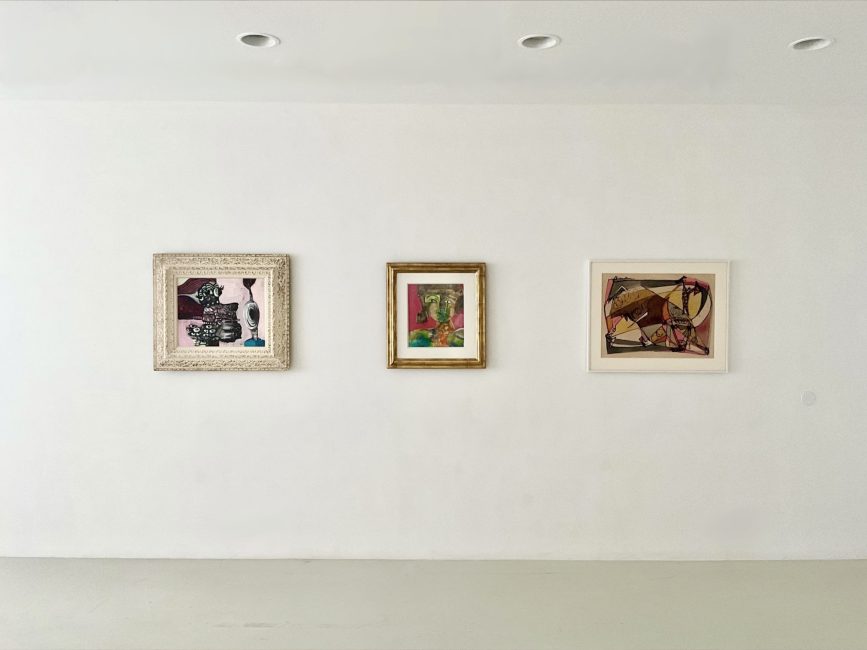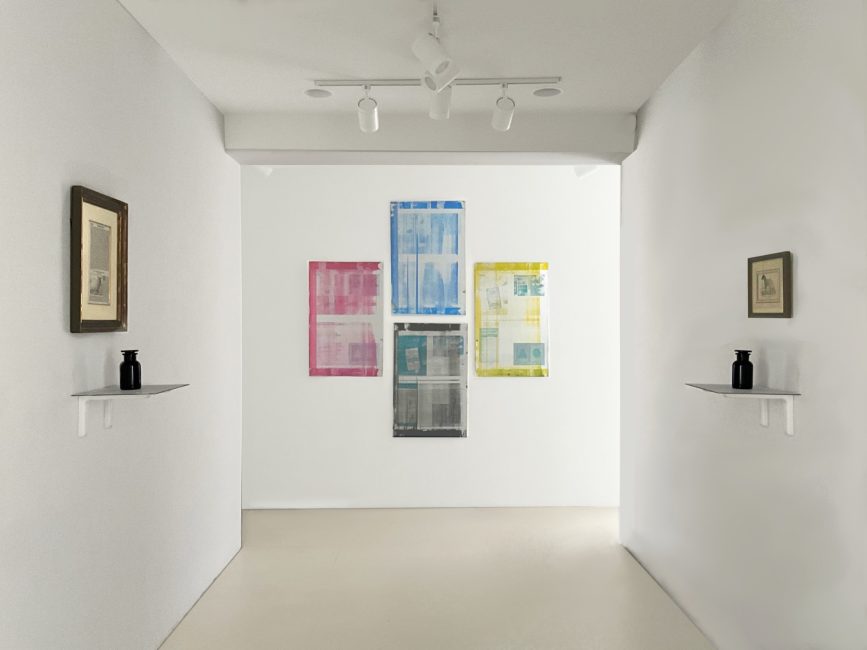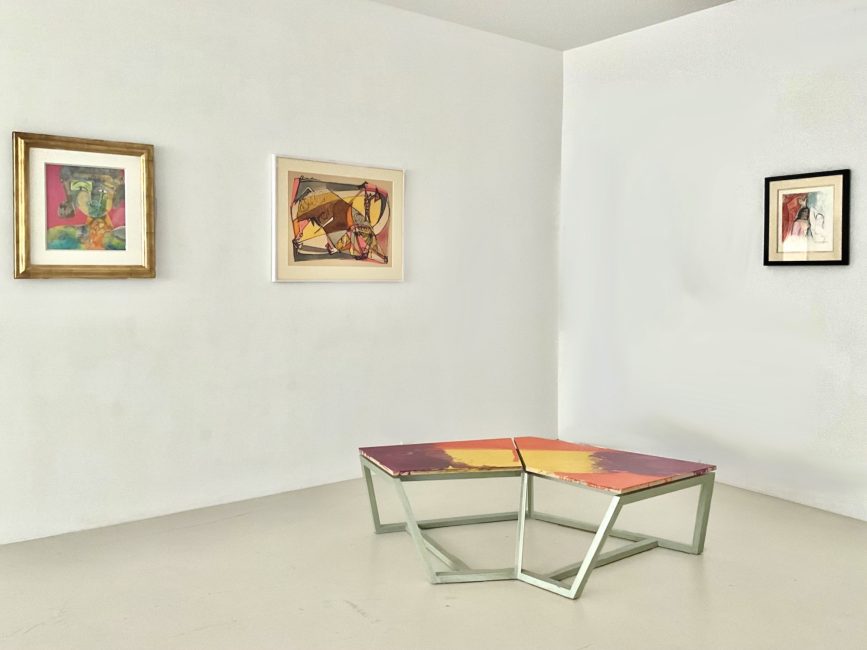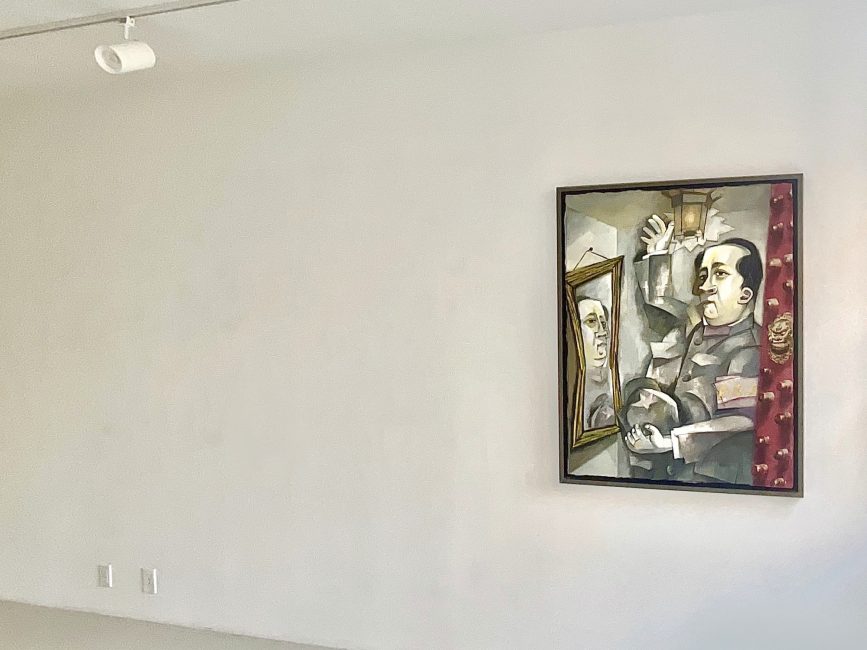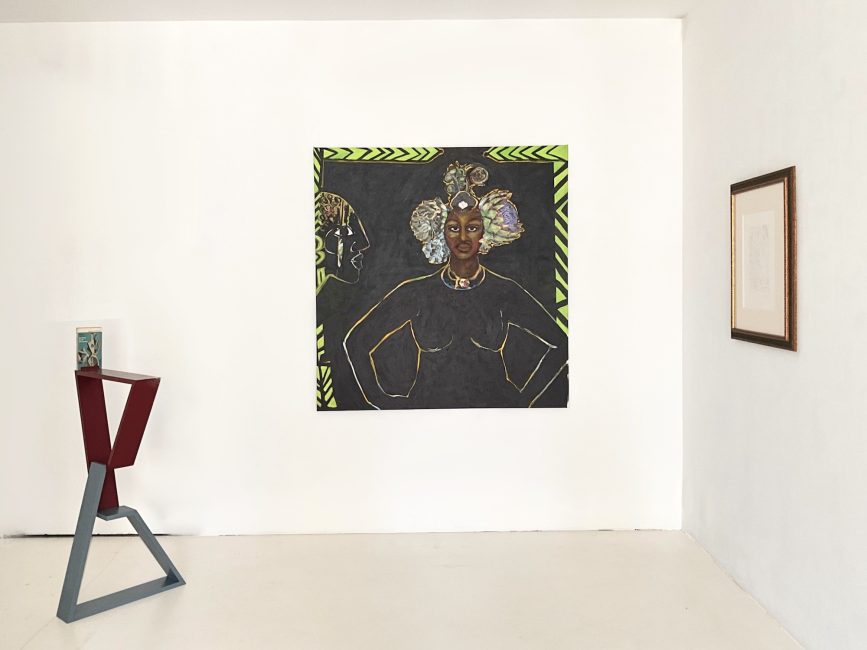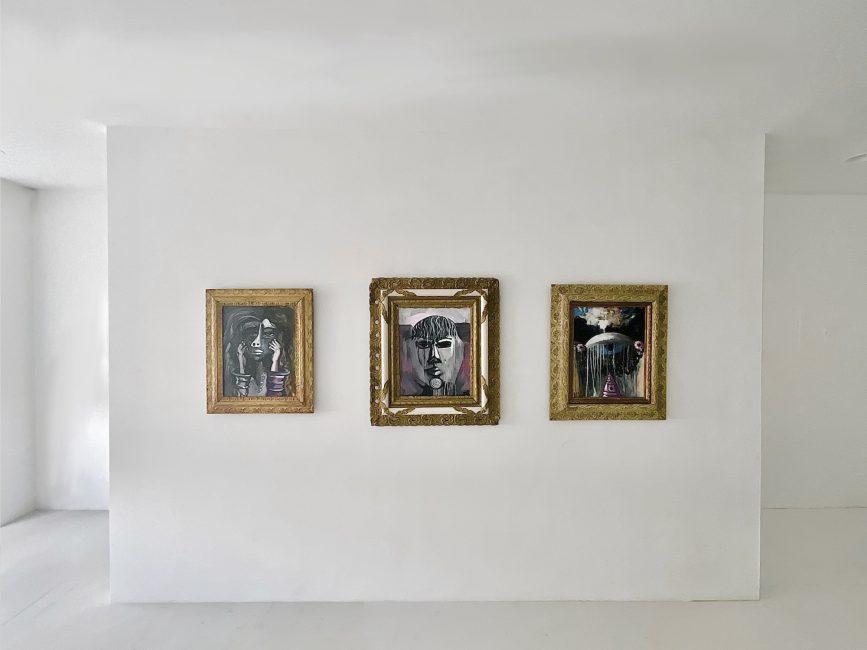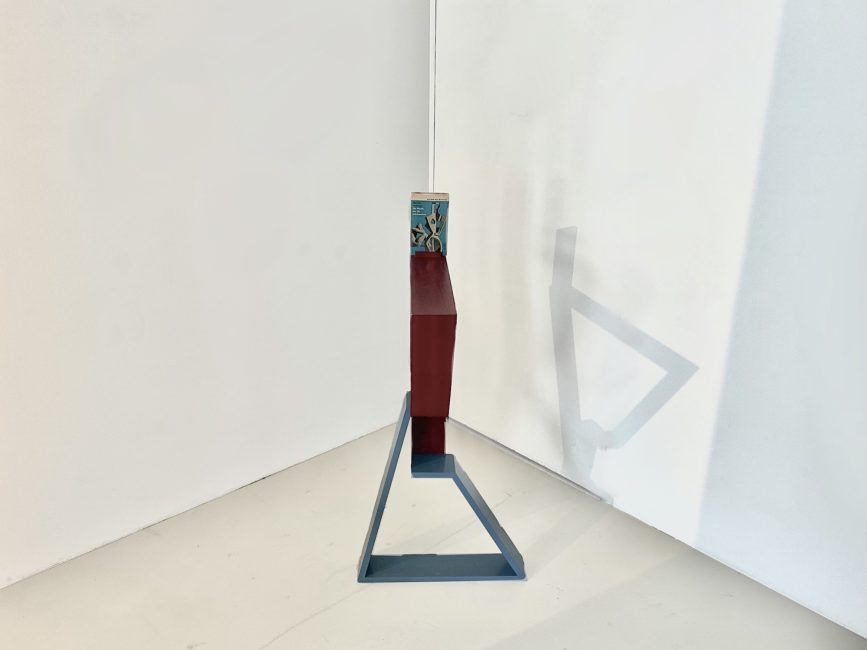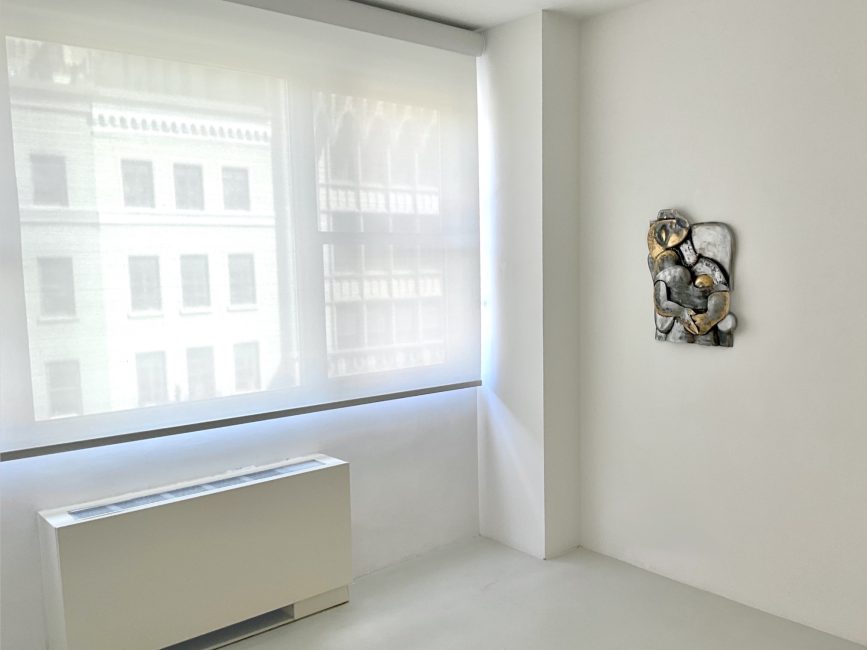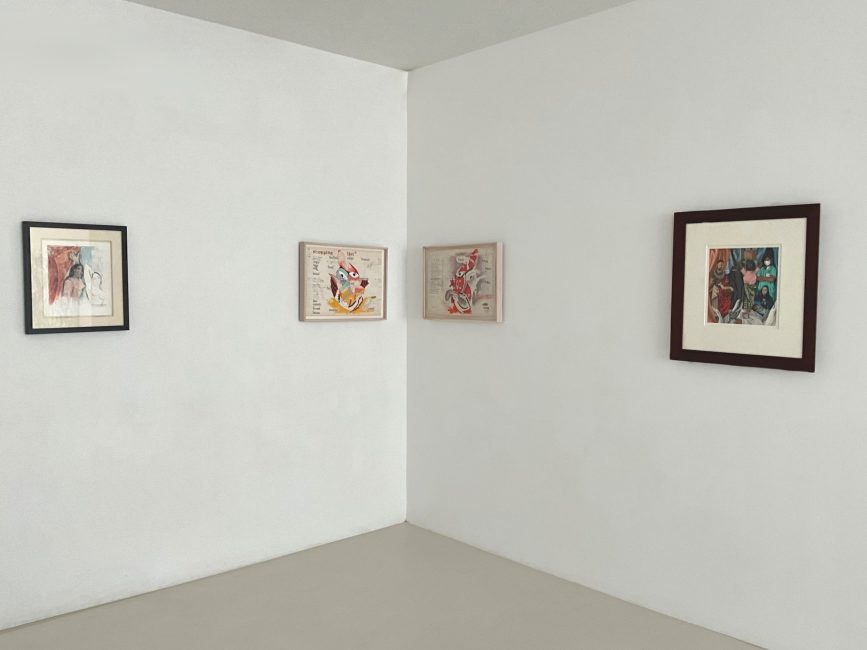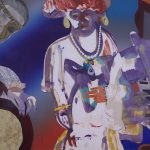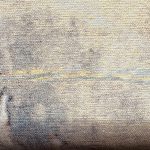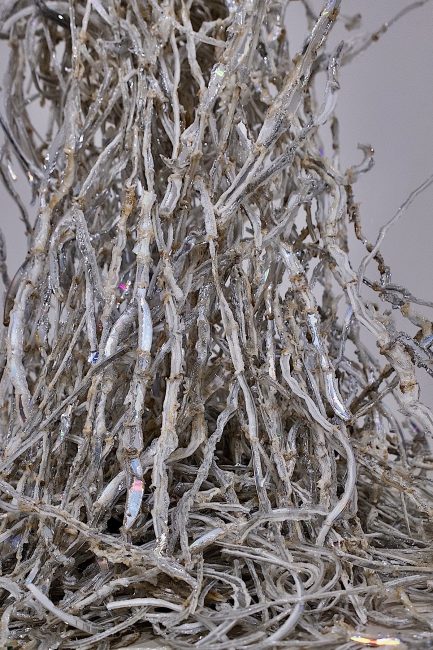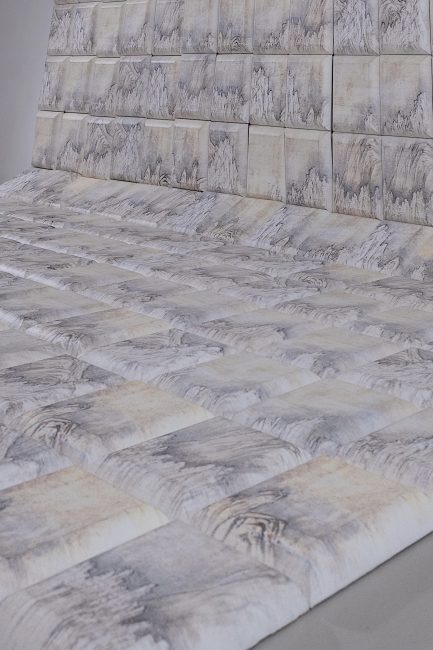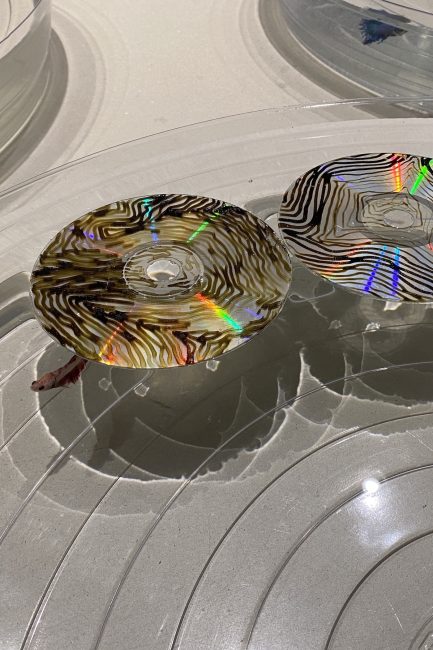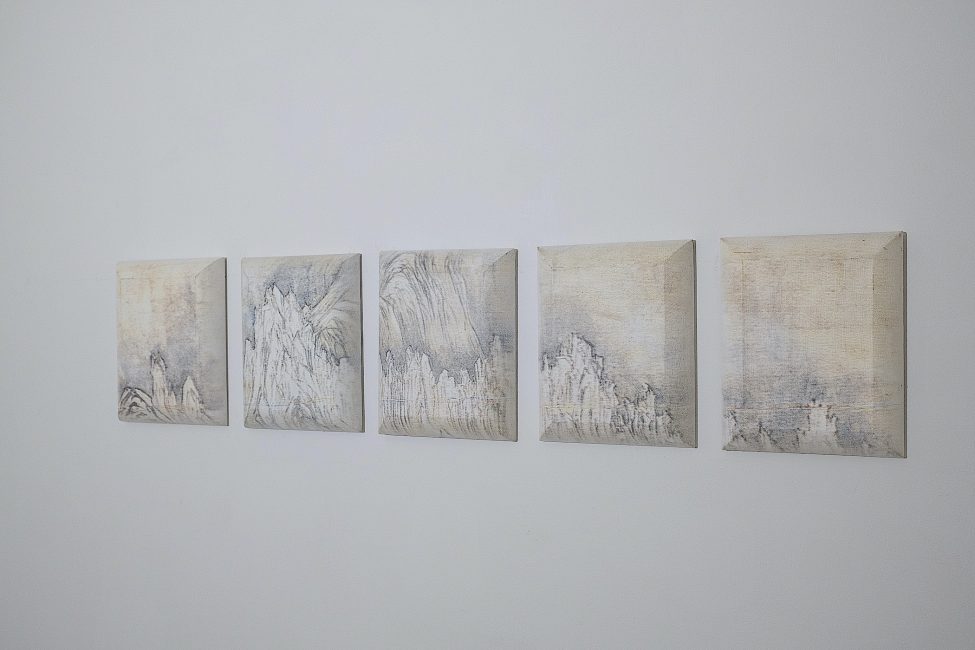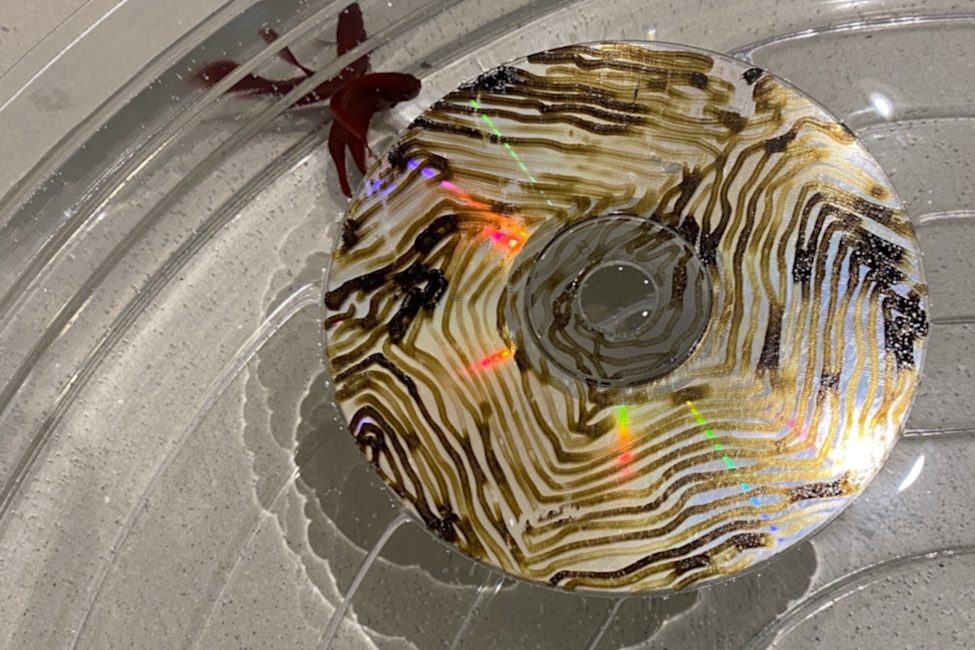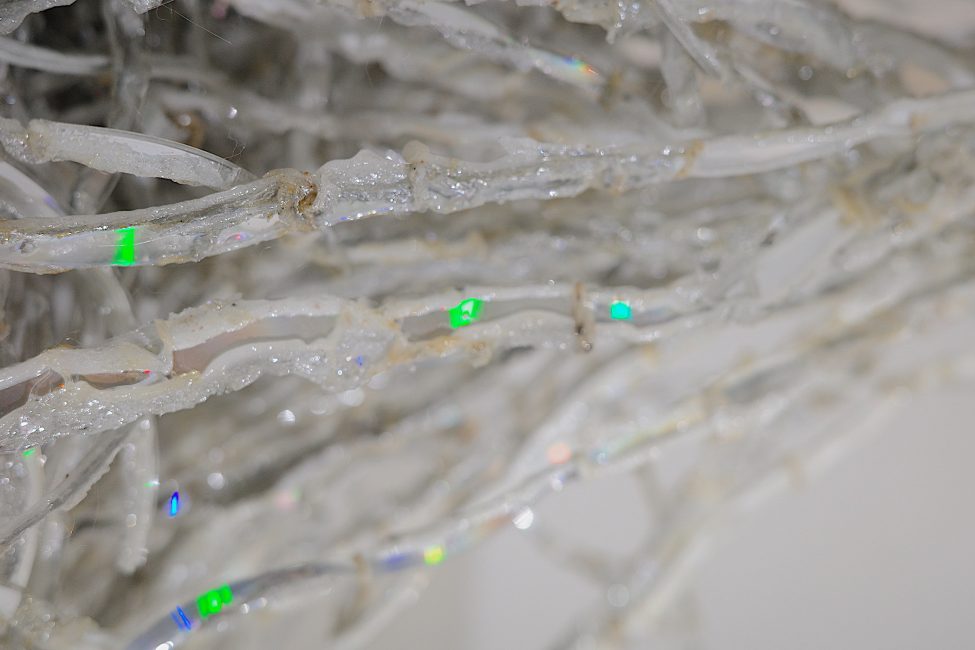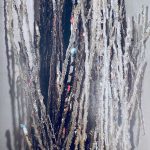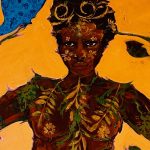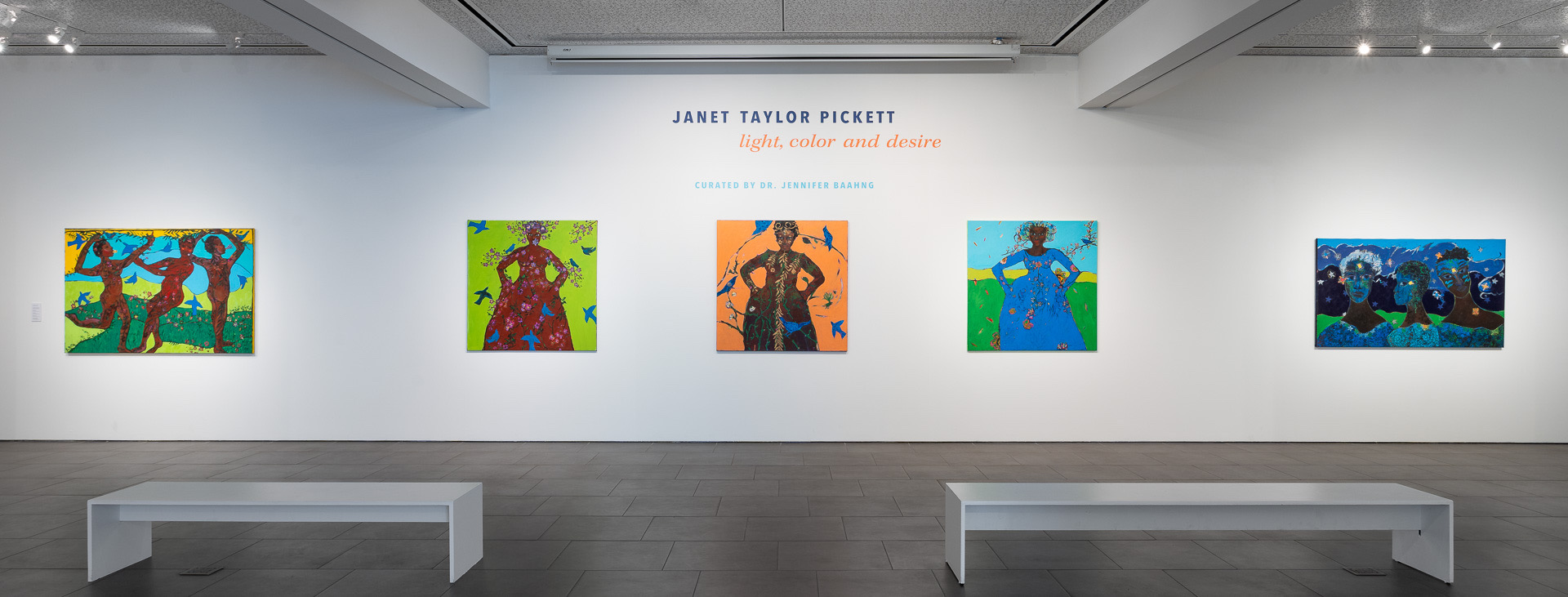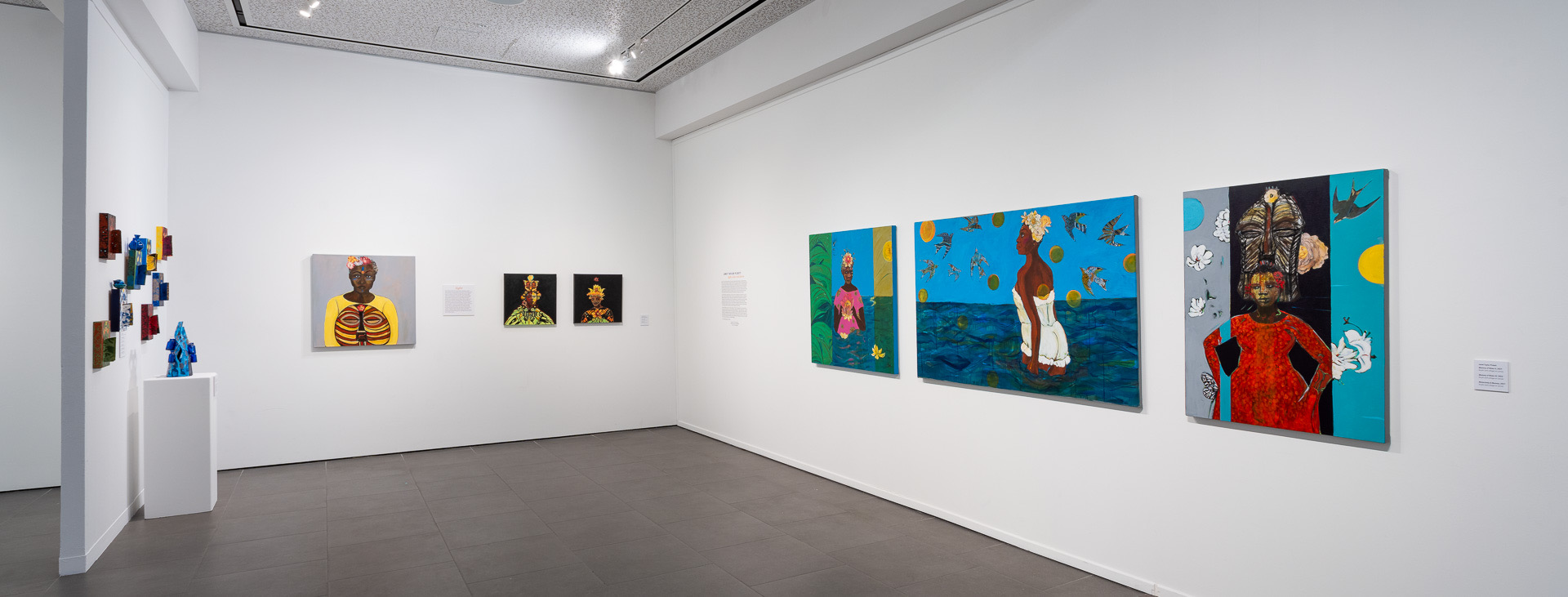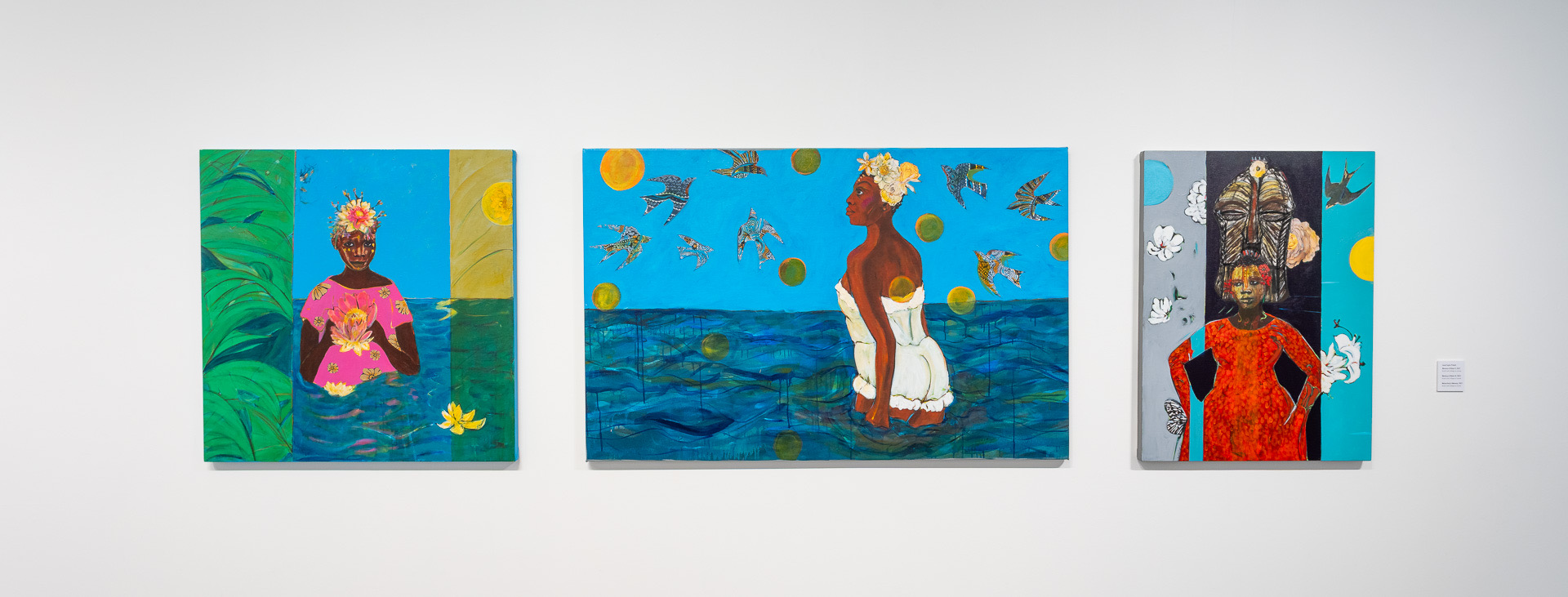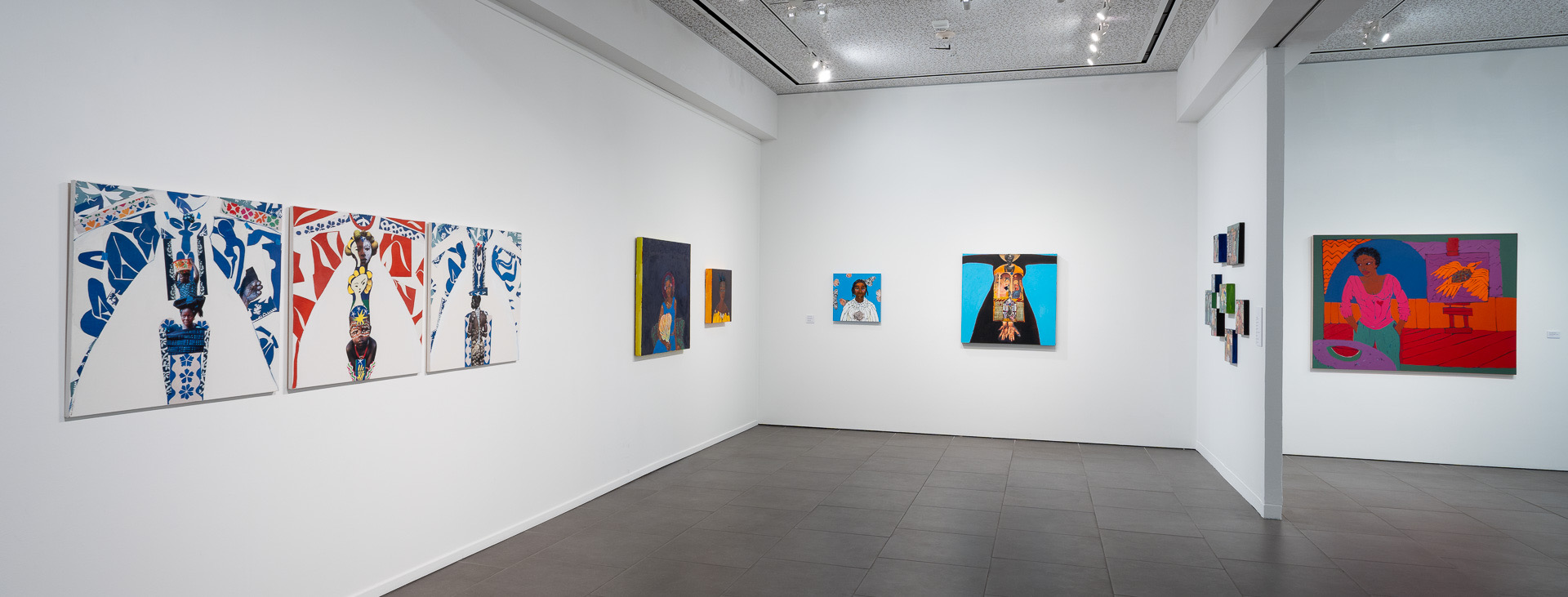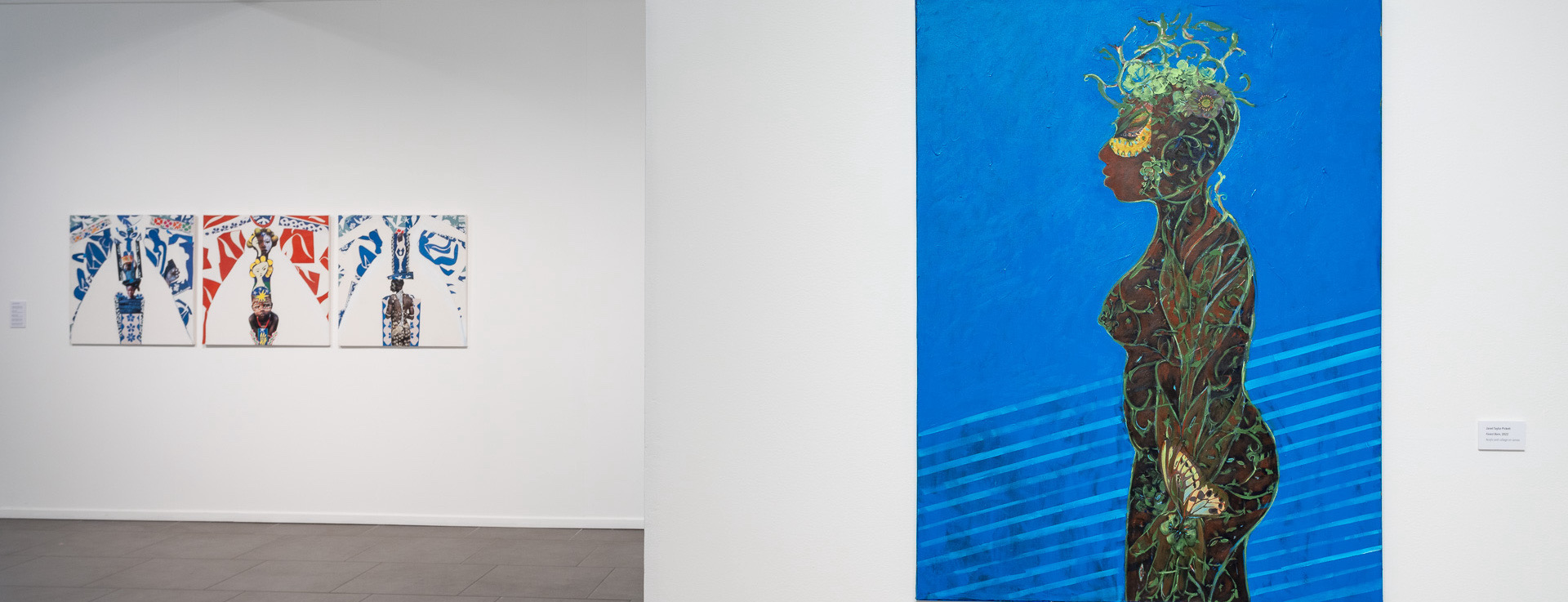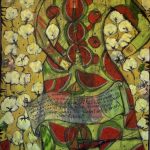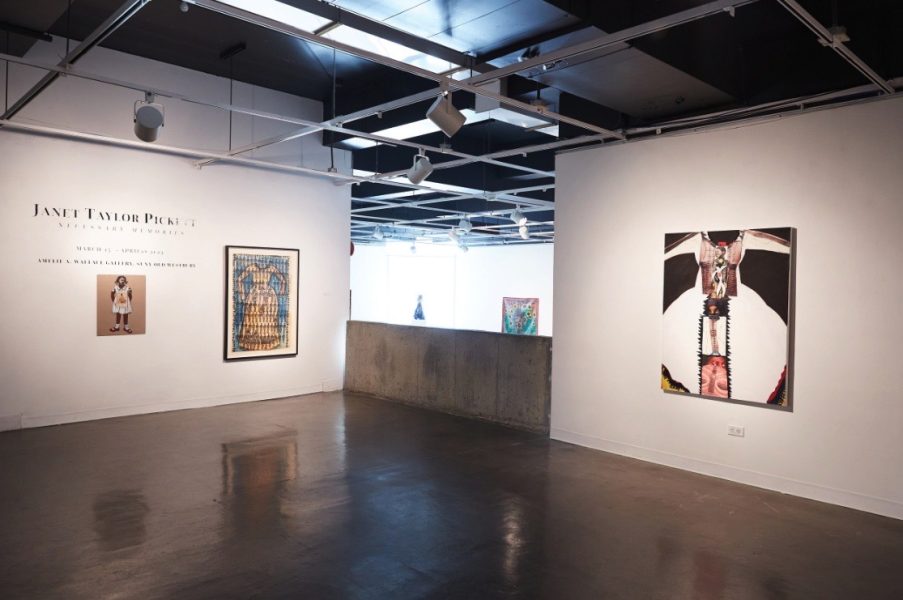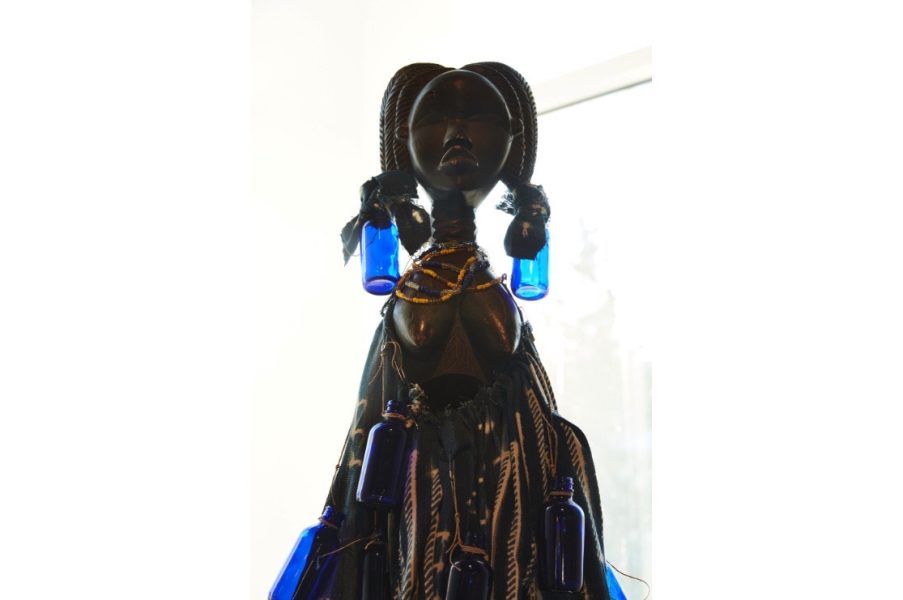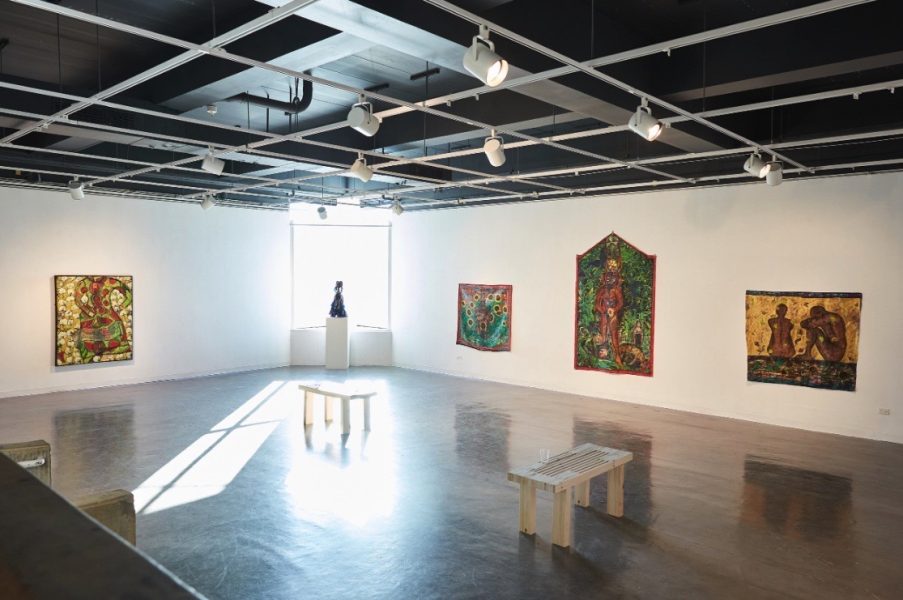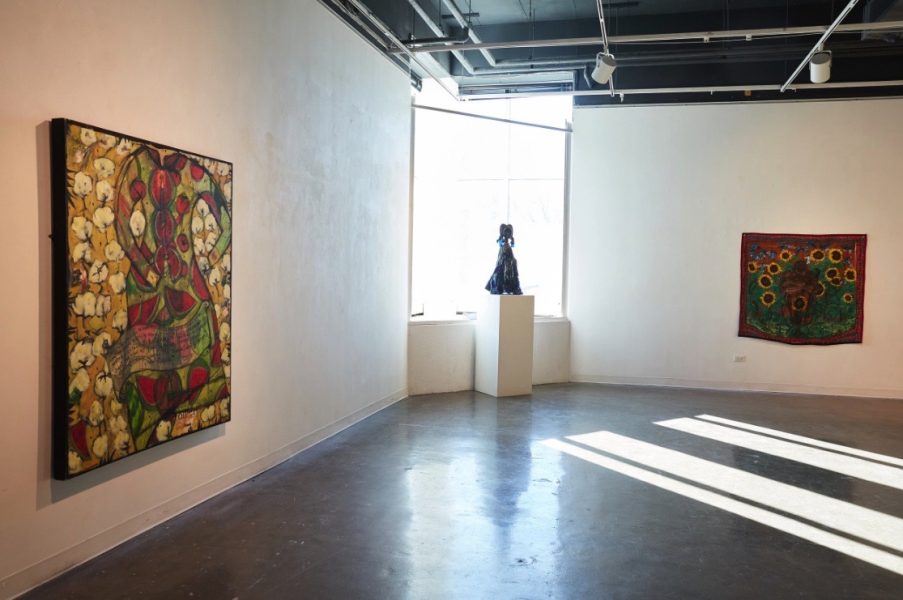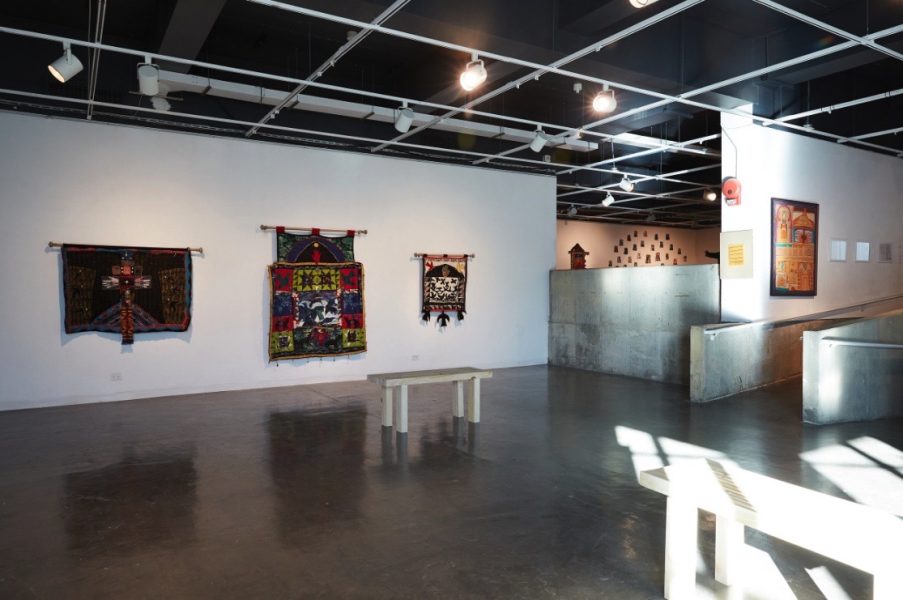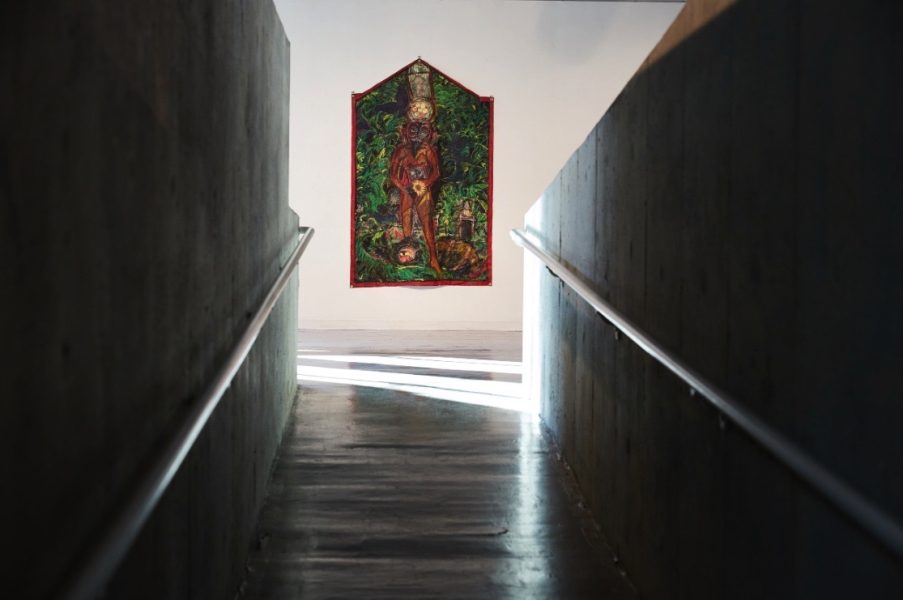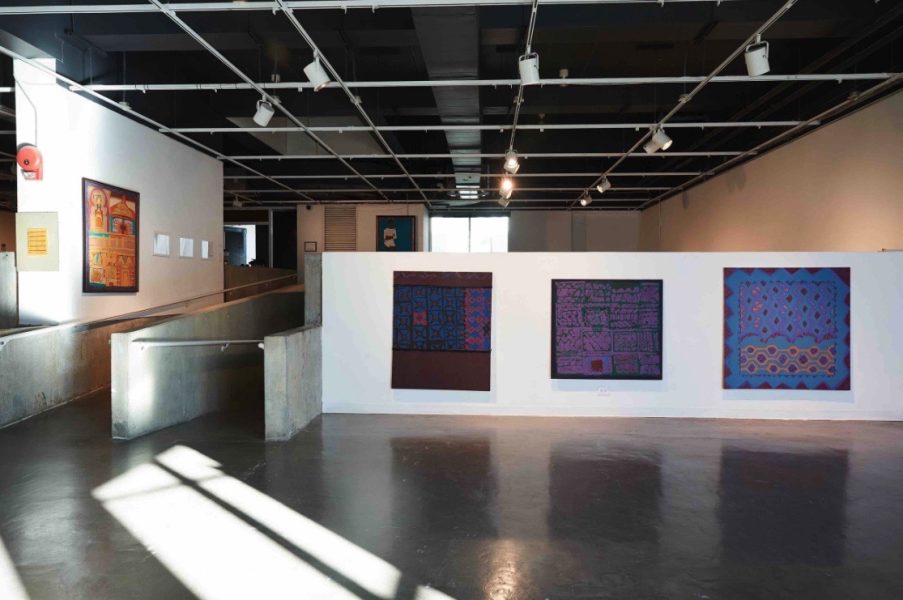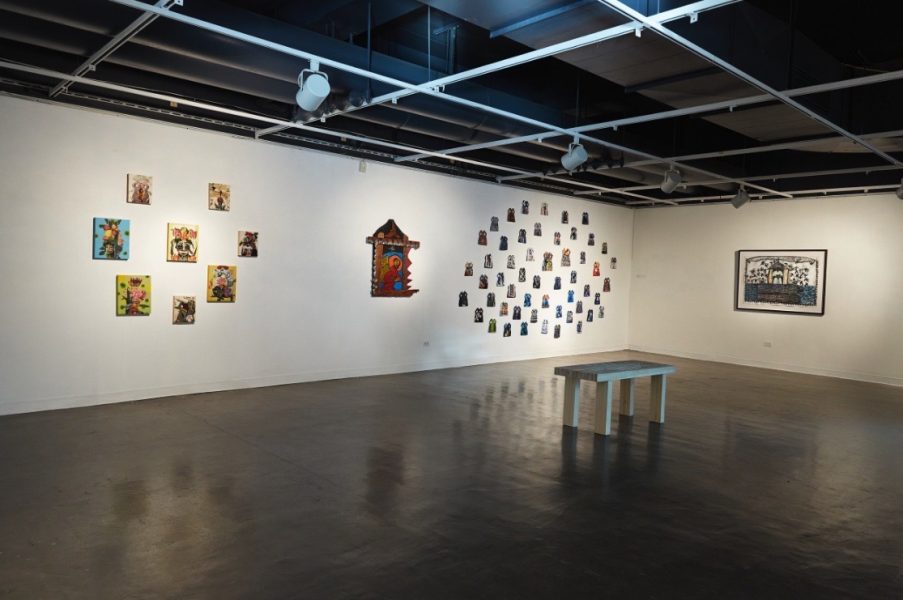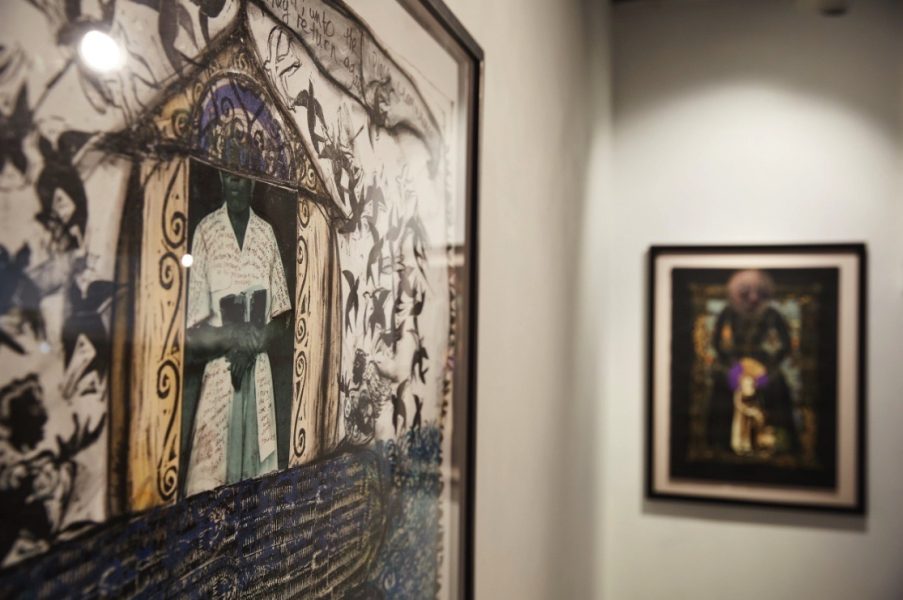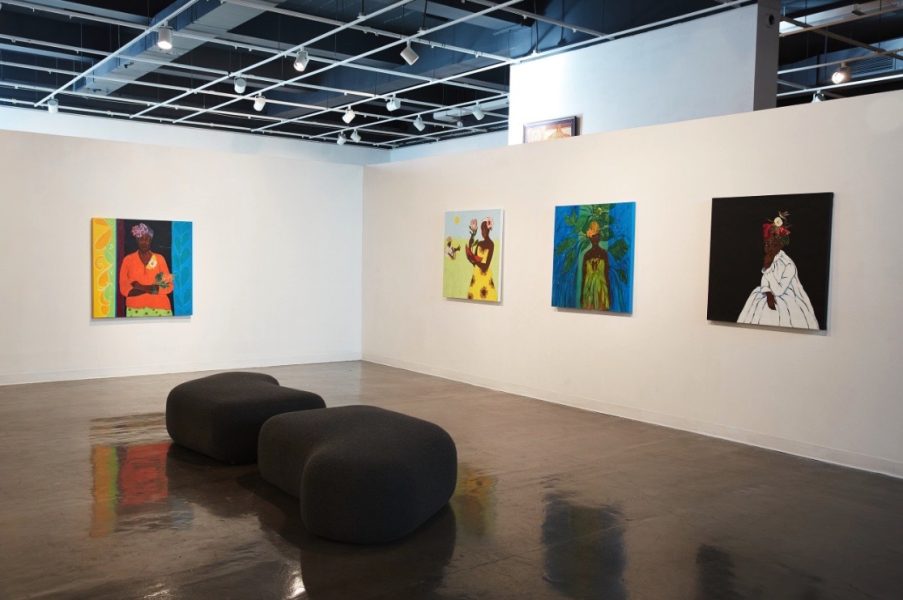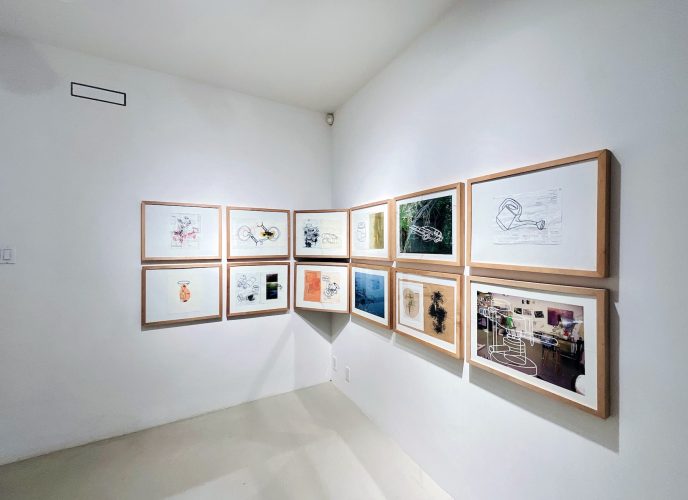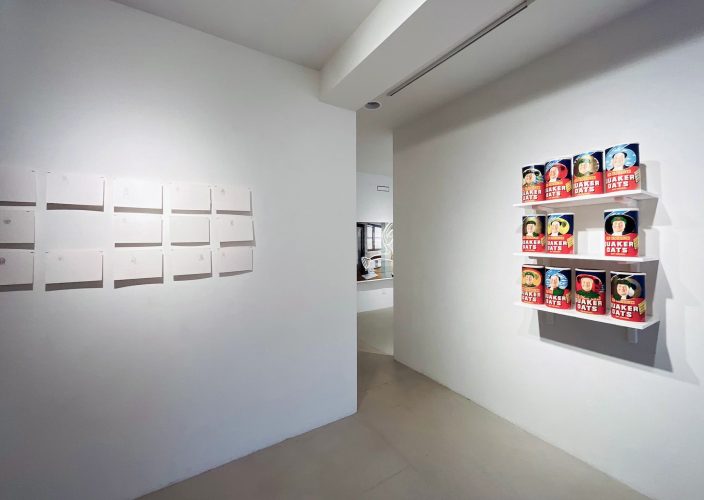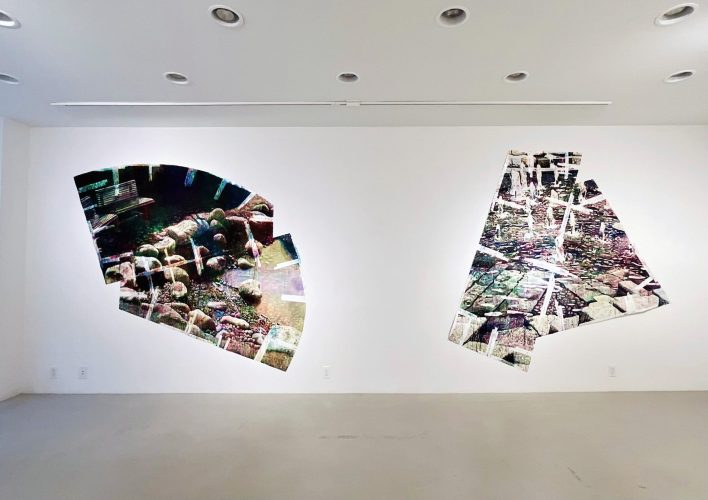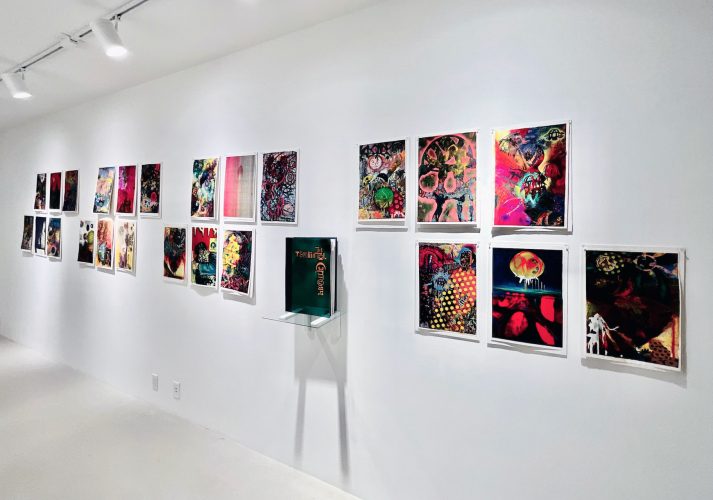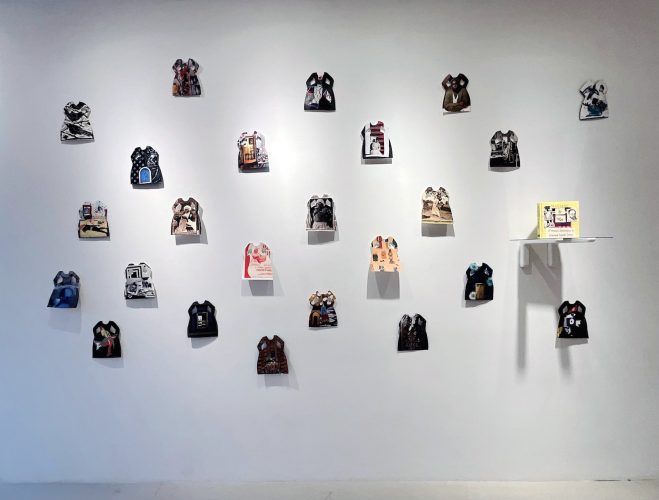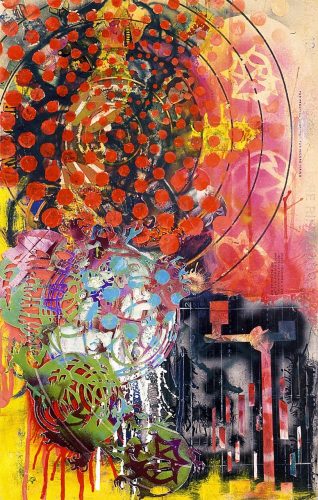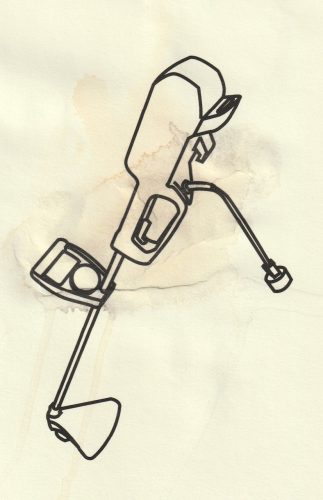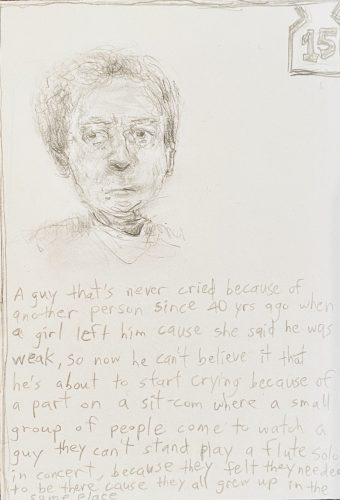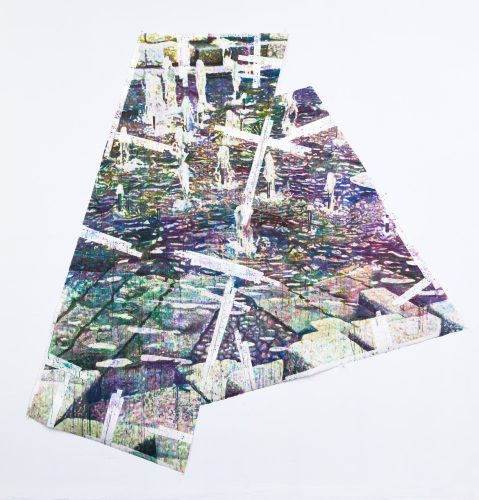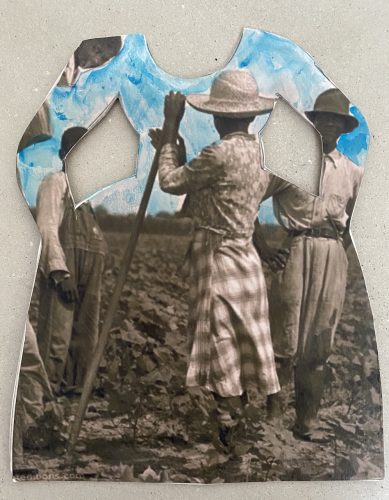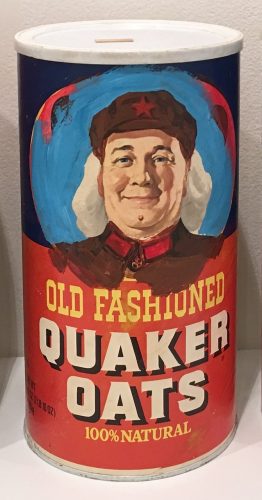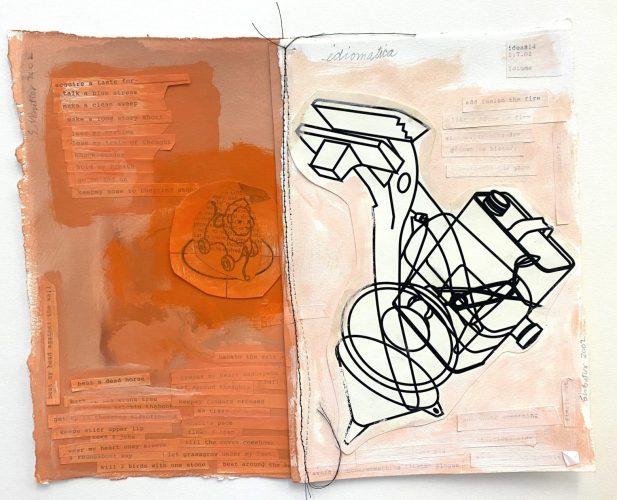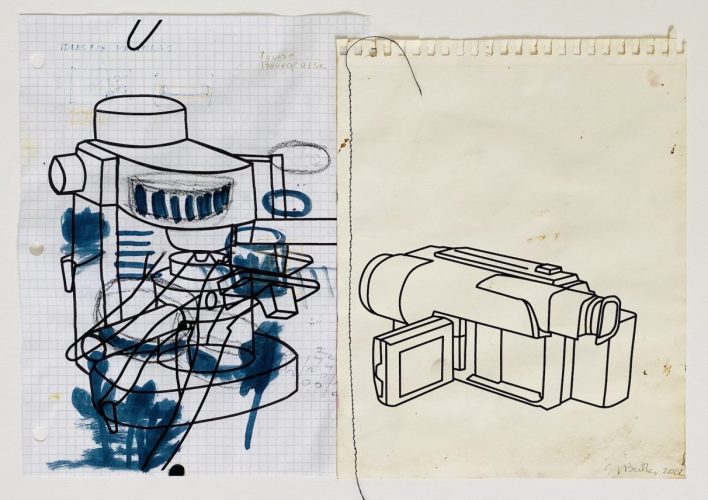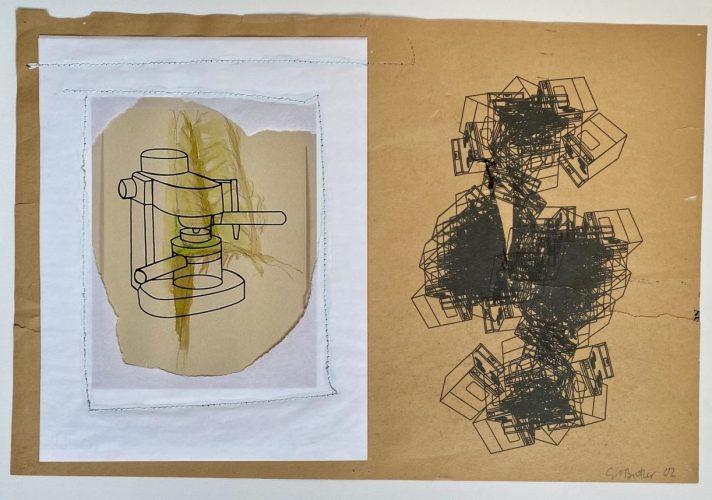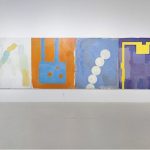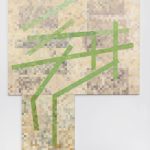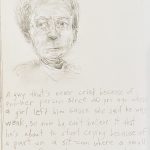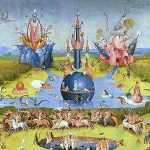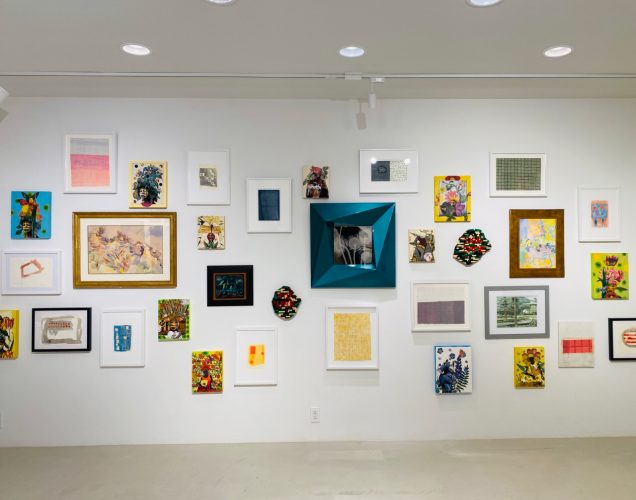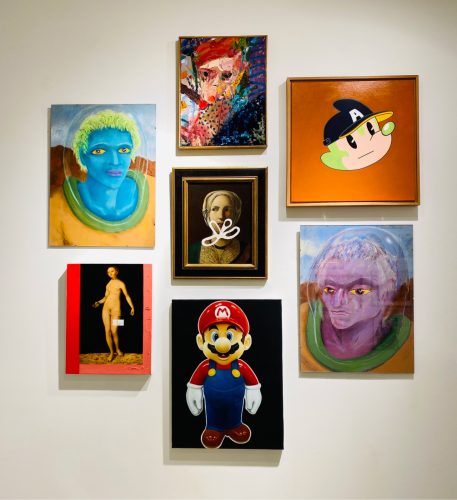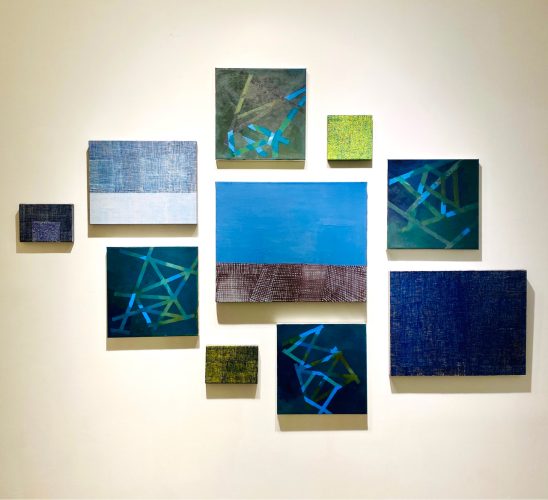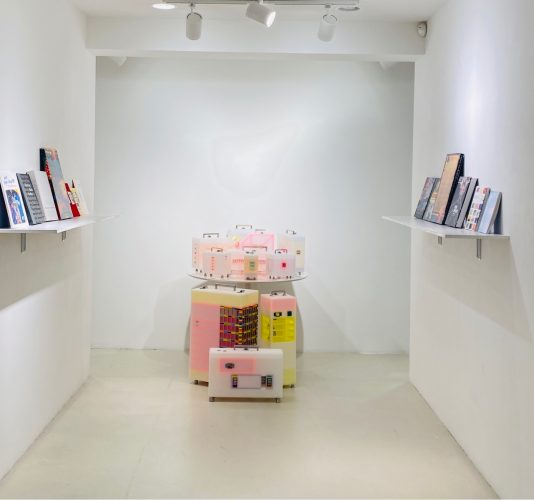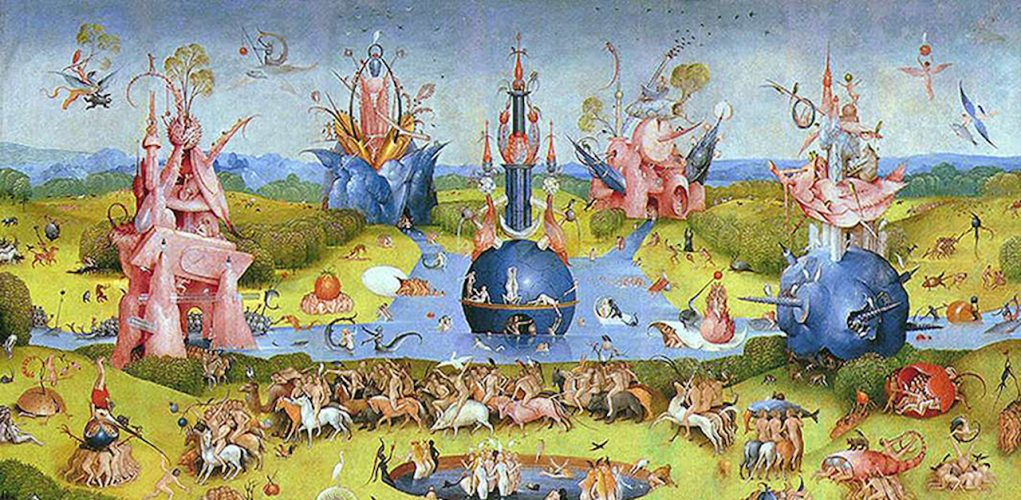Jaye Moon The Wizard Of Oz
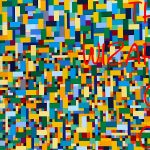
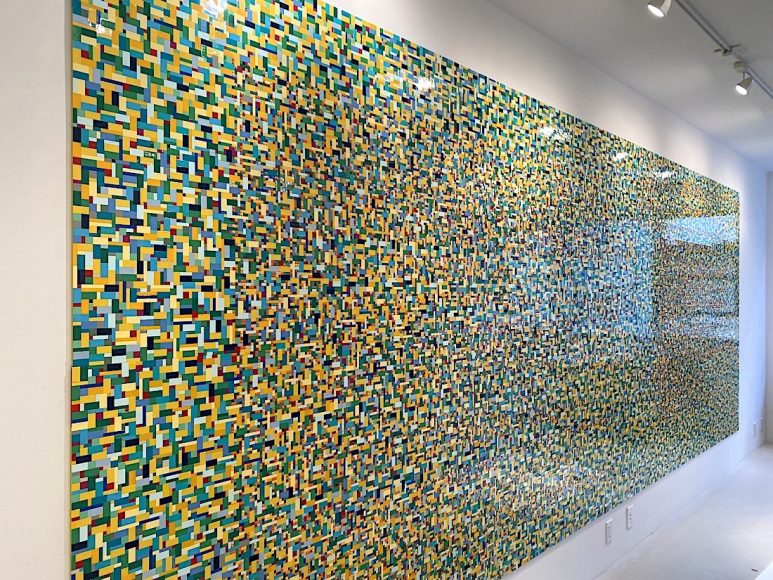
BAAHNG GALLERY presents THE WIZARD OF OZ, a solo exhibition, by JAYE MOON, featuring a group of Lego brick works including The Wizard of Oz, Call Me by Your Name, and Paradise. Moon writes selected storylines from movie scripts and song lyrics in Braille then converts them into number, color, or in binary codes, resulting landscapes of Braille-based typeface in Lego bricks, readable by both touch and sight. THE WIZARD OF OZ is a BAAHNG/PROJECTS 2021 and runs March thru April. BAAHNG GALLERY is open by appointment, please contact us at info@baahng.com.
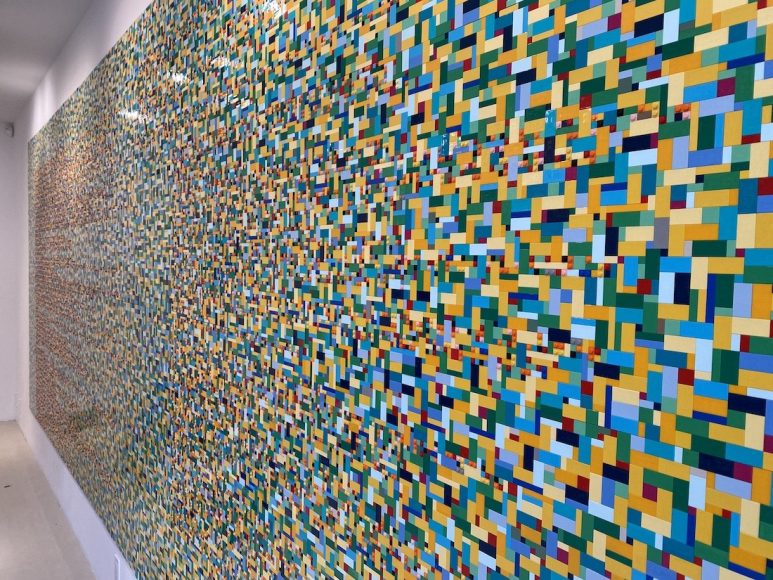
“A few years ago in New York, I saw Nam June Paik’s 1974 monumental piece, ‘Electronic- Superhighway : Continental U.S., Alaska, Hawaii.’ A neon map of the USA embedded with TV-monitors playing clips from different sources representing the cultural identity of each state. For Kansas, the center of the map and of this piece itself, Paik created a montage of ‘The Wizard of Oz.’ Through this work, Paik illustrated a diverse nation using media technology that would become increasingly prevalent in our society. I was inspired by Paik’s anticipation of a future where communication networks act as a bridge between different people and cultures. The colors in my piece reference the visual vocabulary of the movie: yellow brick road, ruby red shoes, Emerald City, poppy field, etc. By using Braille, I create an opportunity for the work to be experienced not only visually, but also by reading it tactilely.”
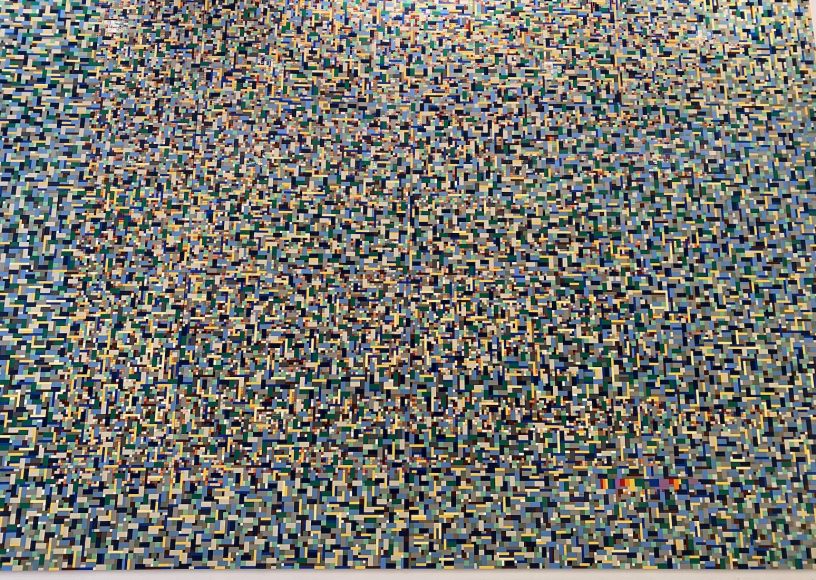
Call Me by Your Name, 2019 Lego bricks on plexiglas 120 x 100 in. (304.8 x 254 cm)
“This piece was created as a part of WorldPride/Stonewall 50 in 2019 and was displayed as public art in the Lower East Side. Since this festival was a celebration of LGBTQIA communities, I chose to use the LGBTQIA movie ‘Call Me By Your Name’ to create a mural work. I translated this movie script into English Braille and constructed the translation visually with Lego bricks. The movie script is edited to fit in the site - specific space, but I retained the storyline's flow. I wanted to bring awareness to a language that is often overlooked by people who are not visually impaired. Using Braille to write out the script connects multiple communities in one public place, making it a more intersectional piece. Viewers may be drawn to the colors of the work and the novelty of toys, but what they really find in the code are lives that have historically been hidden. Bricks connect these experiences visually and literally.”
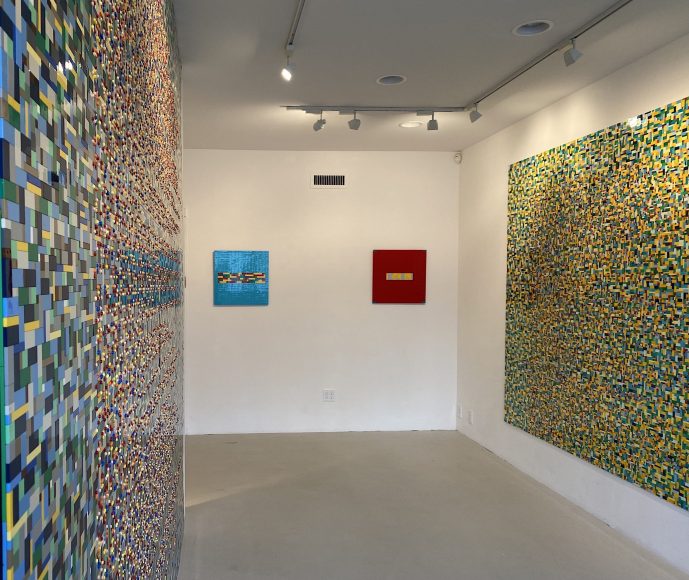
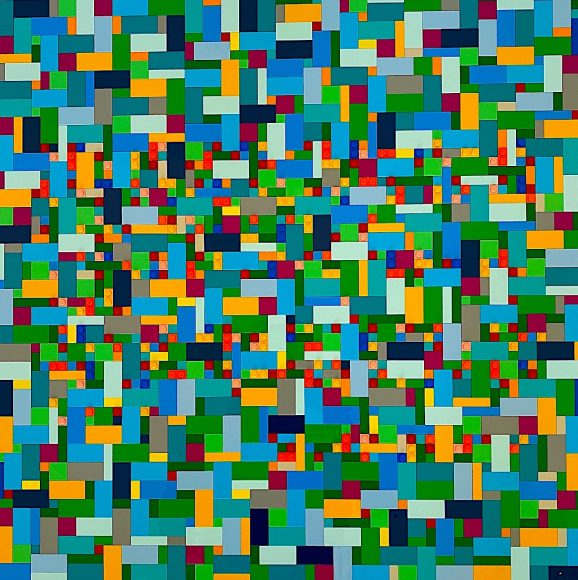
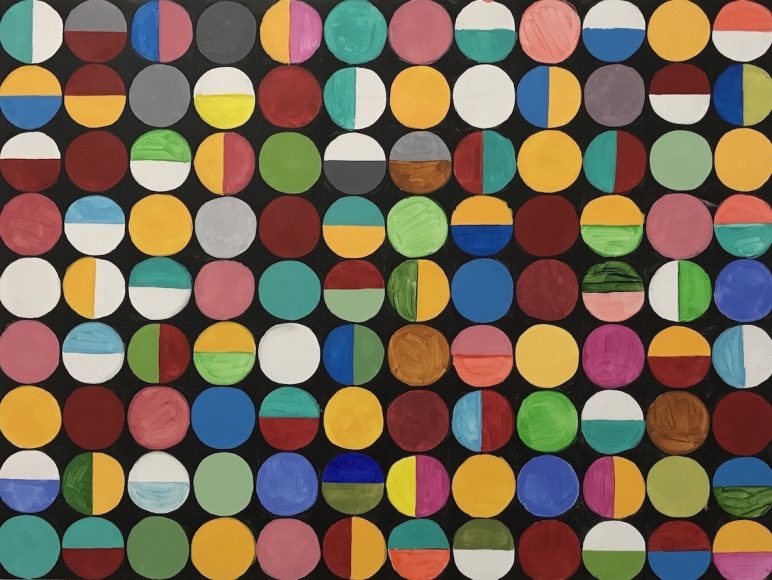
I Should Love Myself 2020
Acrylic on wood
16 x 24 in. (40.64 x 60.96 cm)
“Excerpted a line from popular BTS’s song, converted to Braille system in English and then translated to designated colors and painted. “BTS’ ‘Love Myself’ written in Braille patterns. I used Braille as an art medium when I first came to the US in 1991. Experiencing a new culture and using a different language made me realize how frustrating it can be to live and communicate in a new place. I felt like I was trapped in a dark room, unable to see or feel. I wondered if blind people feel this frustration as well, being closed off from many aspects of society.“
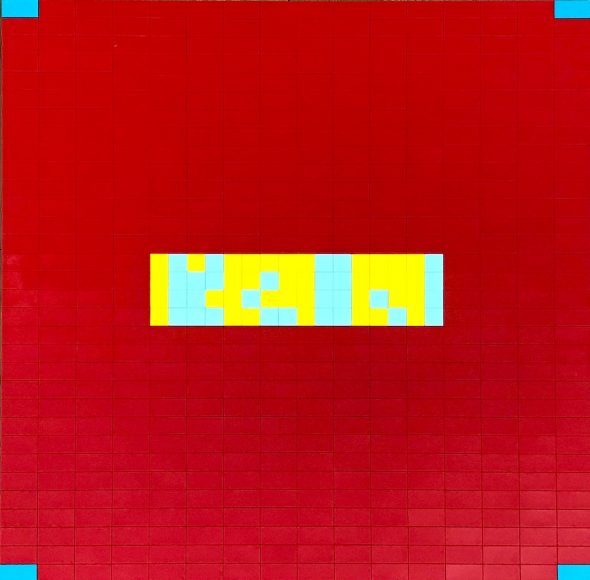
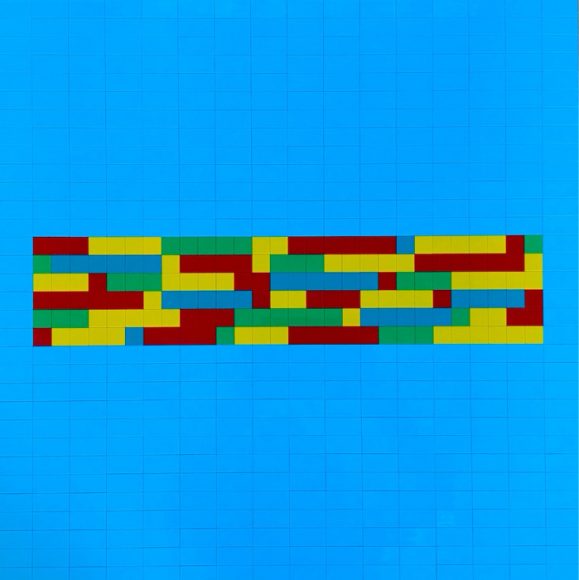
얌마 니 꿈은 뭐니 / Yamma Ni Ggumeun Mwoni / Hey, What’s your dream 2020
Lego bricks on wood
20 x 20 in. (50.8 x 50.8 cm)
“BTS’s song lyrics from ‘No More Dream’ written in Korean Braille number codes. I see a connection between Nam June Paik’s art and BTS’ music. Nam June Paik believed that digital media and communication networks would connect people and culture. BTS actually executed Paik’s vision playing a role as digital natives. I wrote BTS’ lyrics into Braille and converted this to number codes, which resemble binary codes underlying common communication tools.”
Previous
Next
The Wizard of Oz
March 1 – April 30, 2021
Related
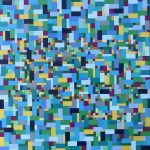
Jaye Moon is included in the New York Foundation for the Arts exhibition
October 30, 2022 - October 29, 2023
Categories: exhibitions
Tags: Jaye Moon
